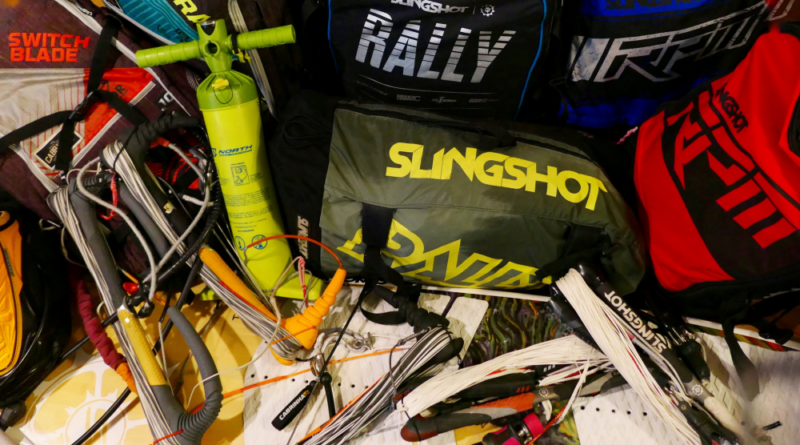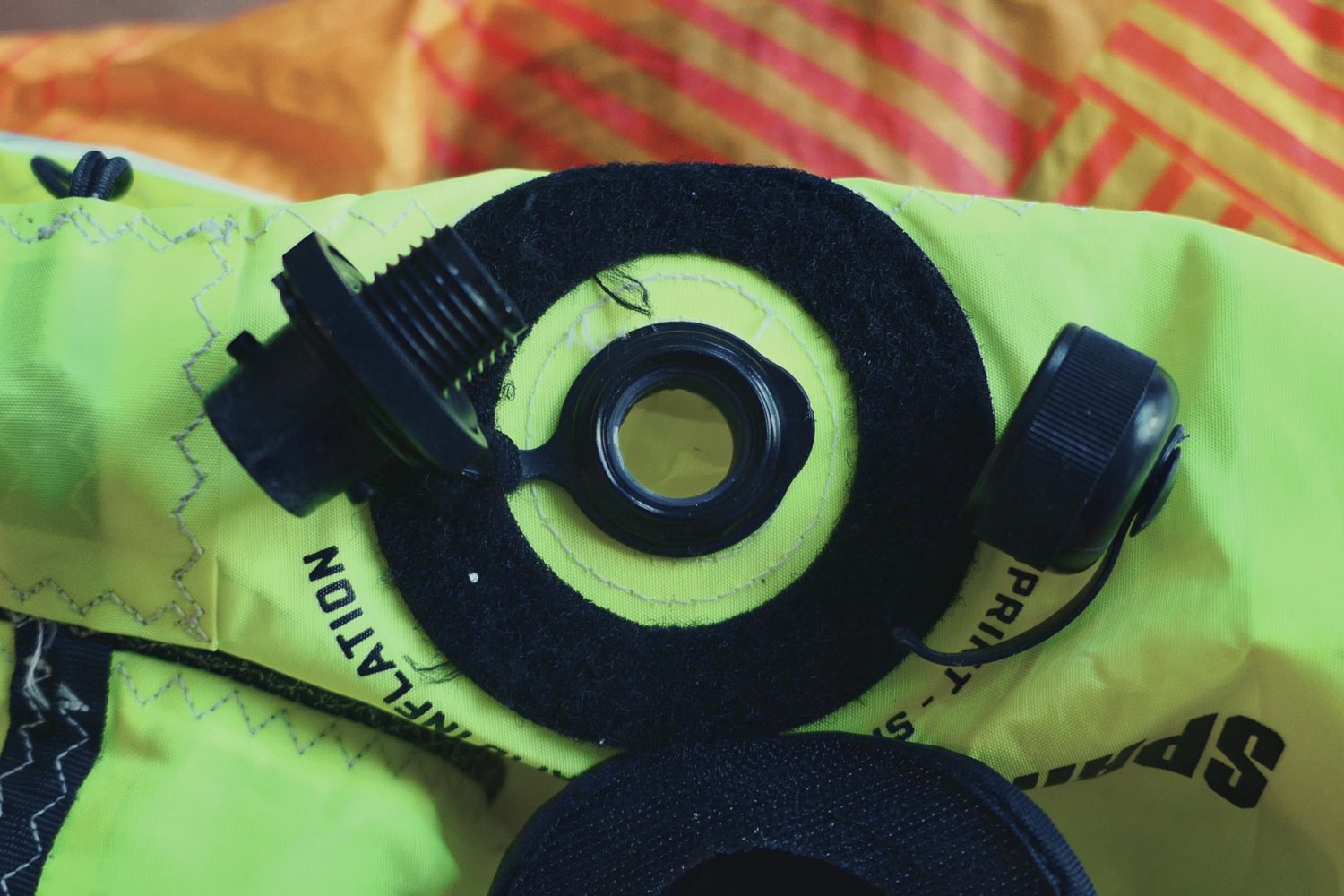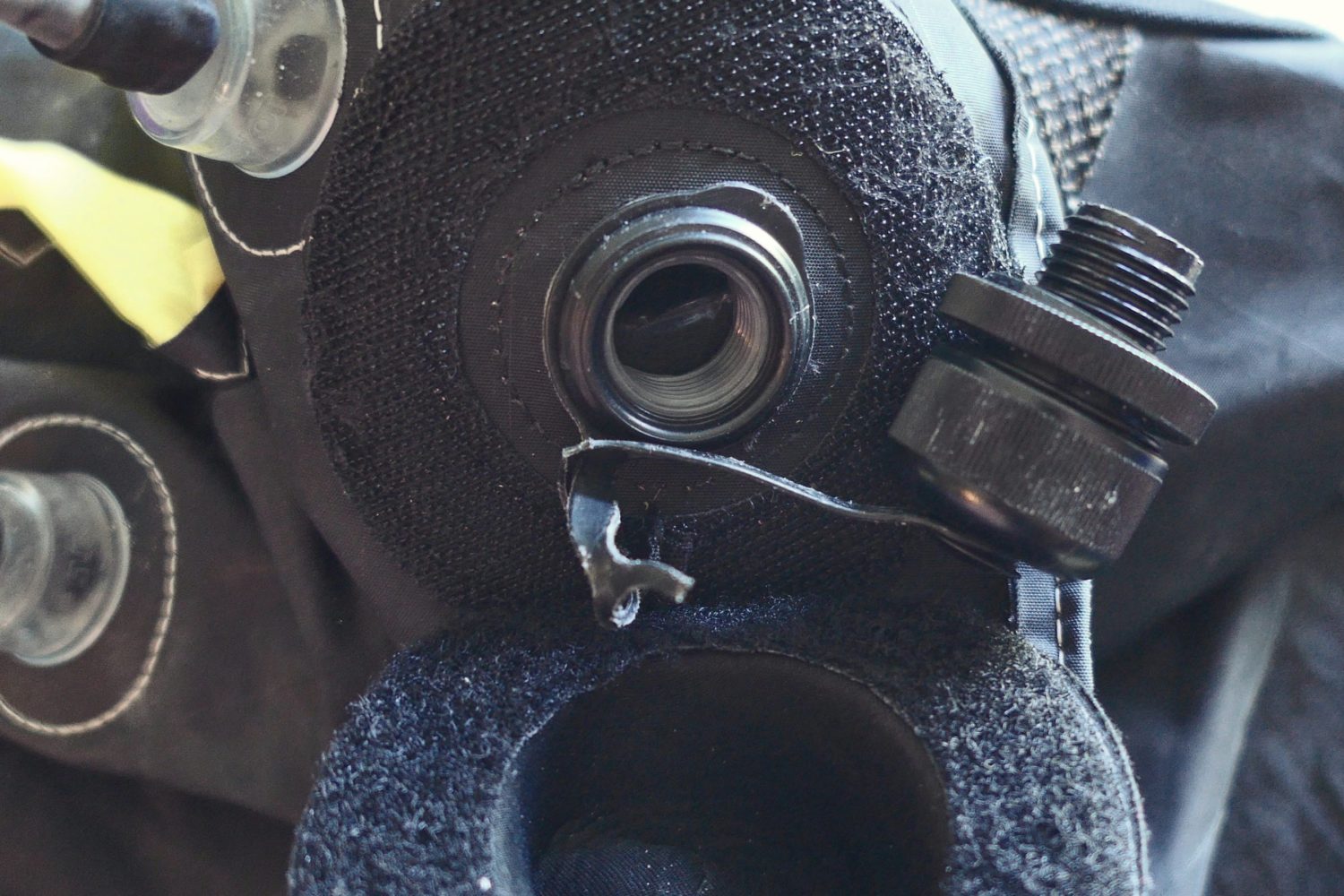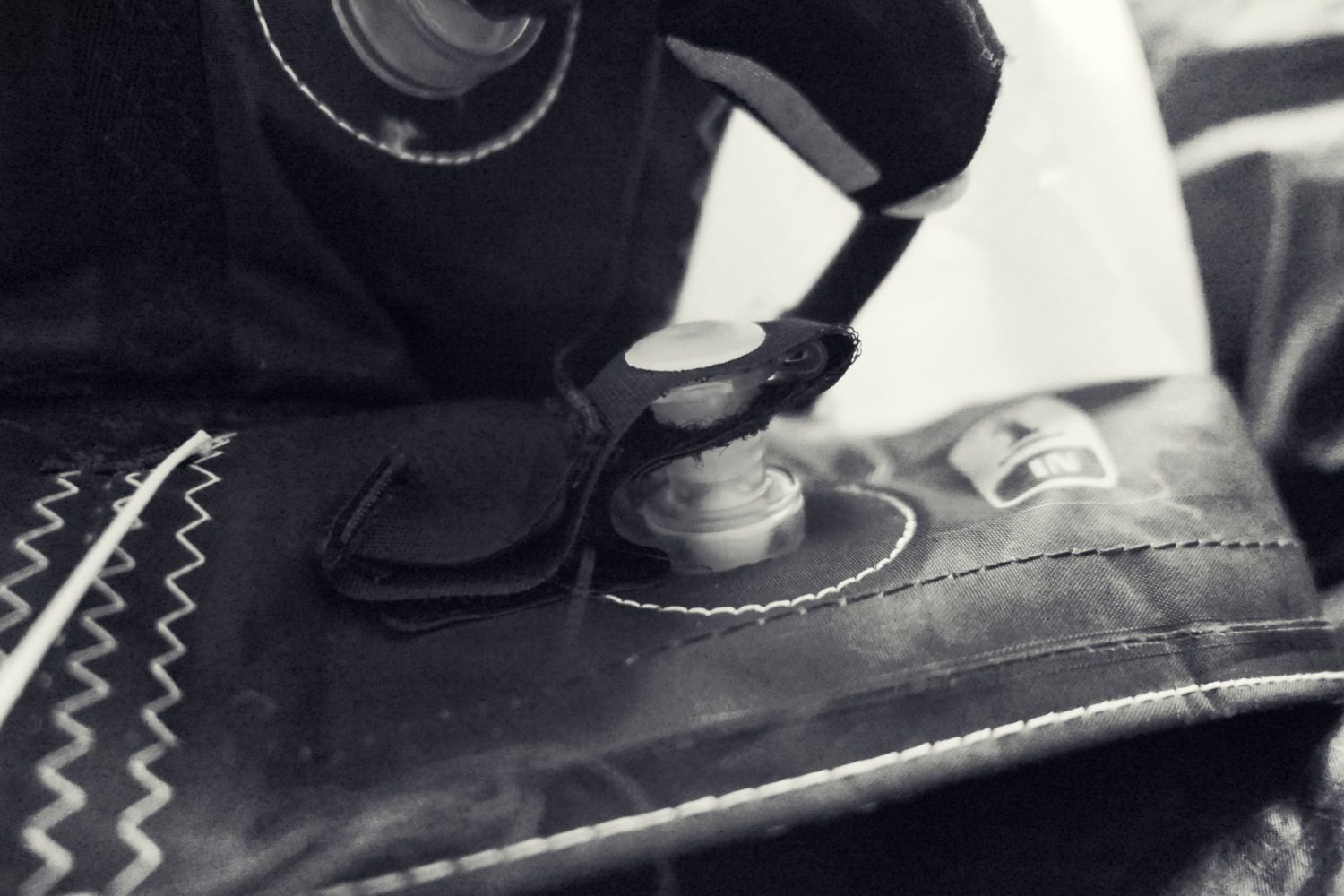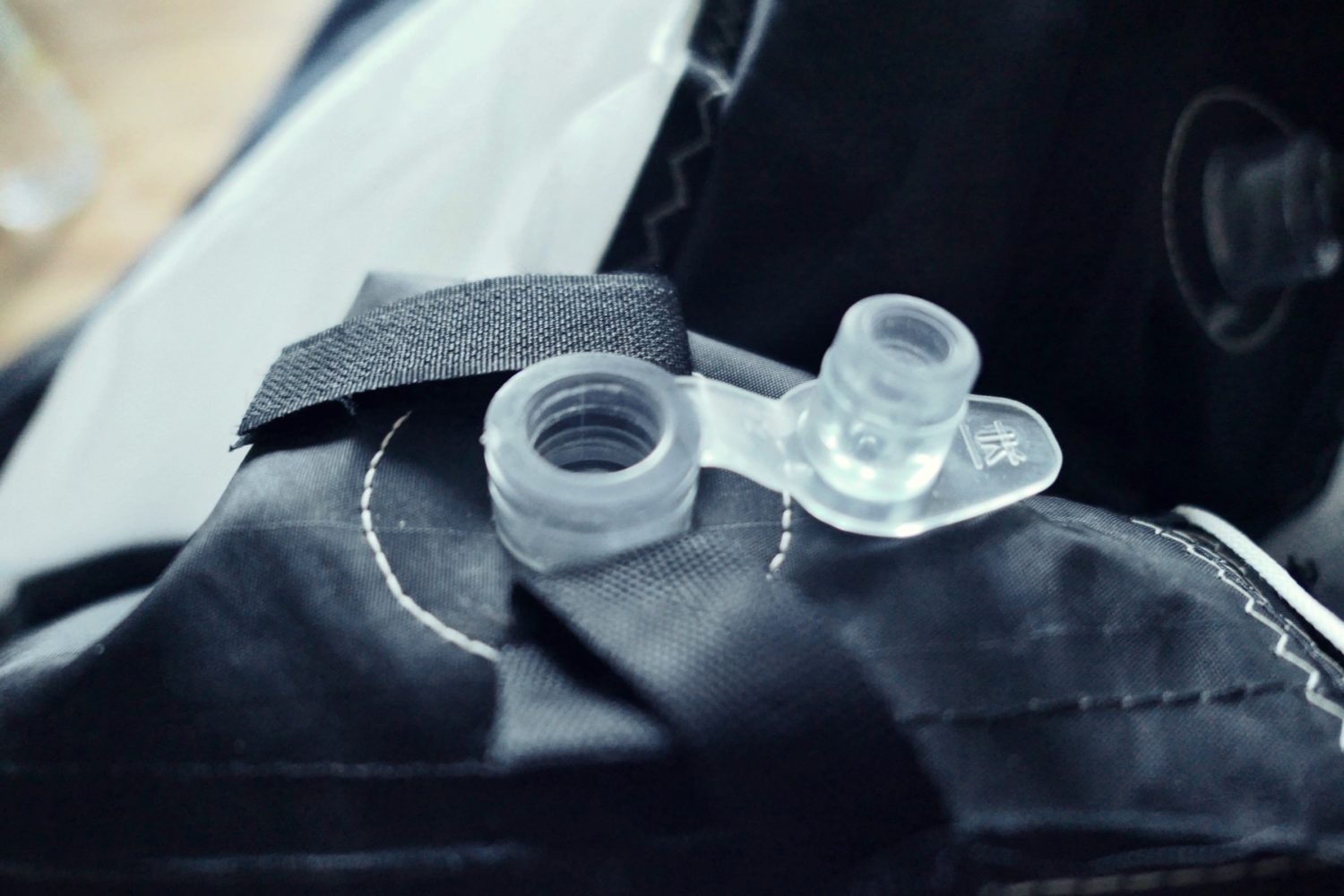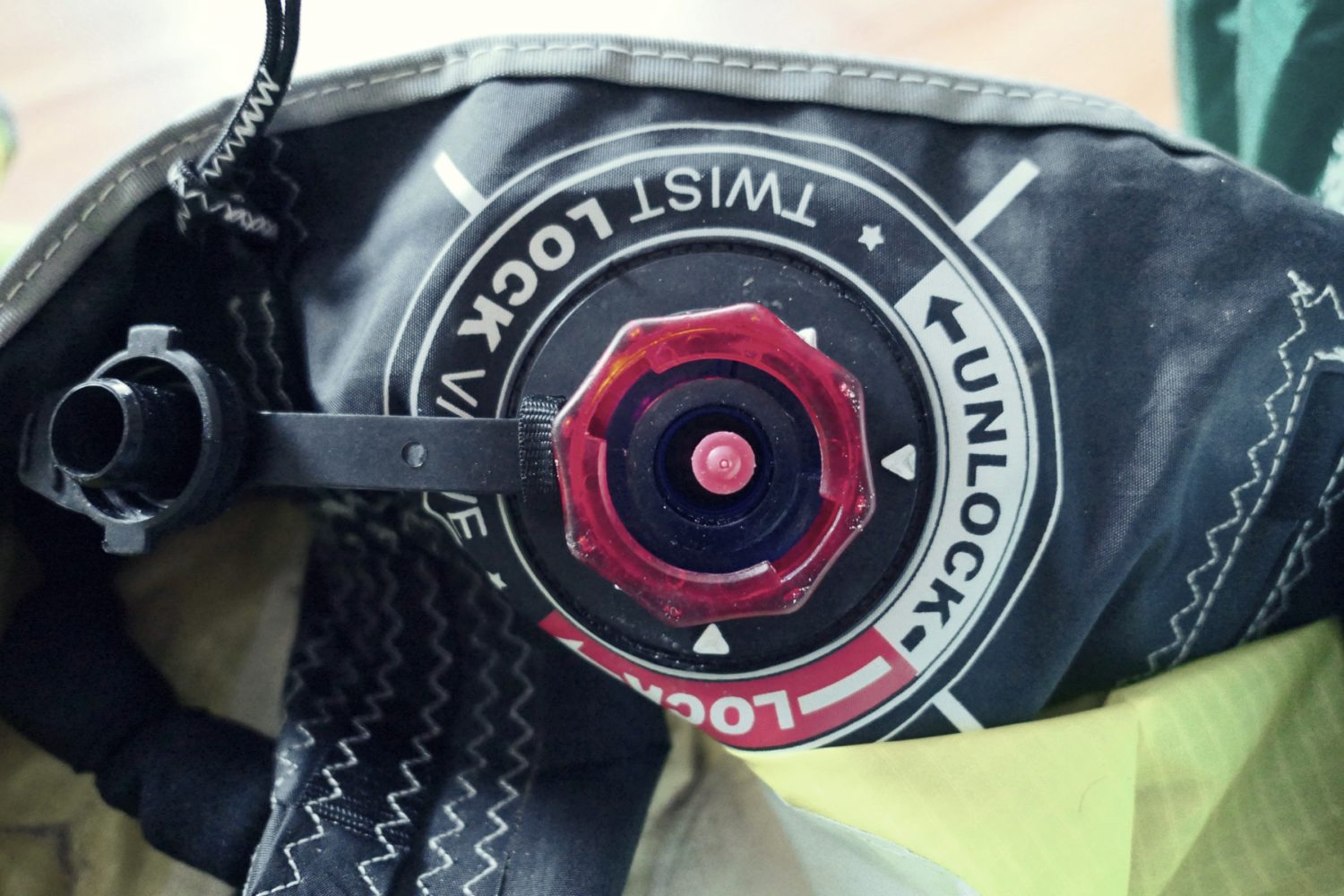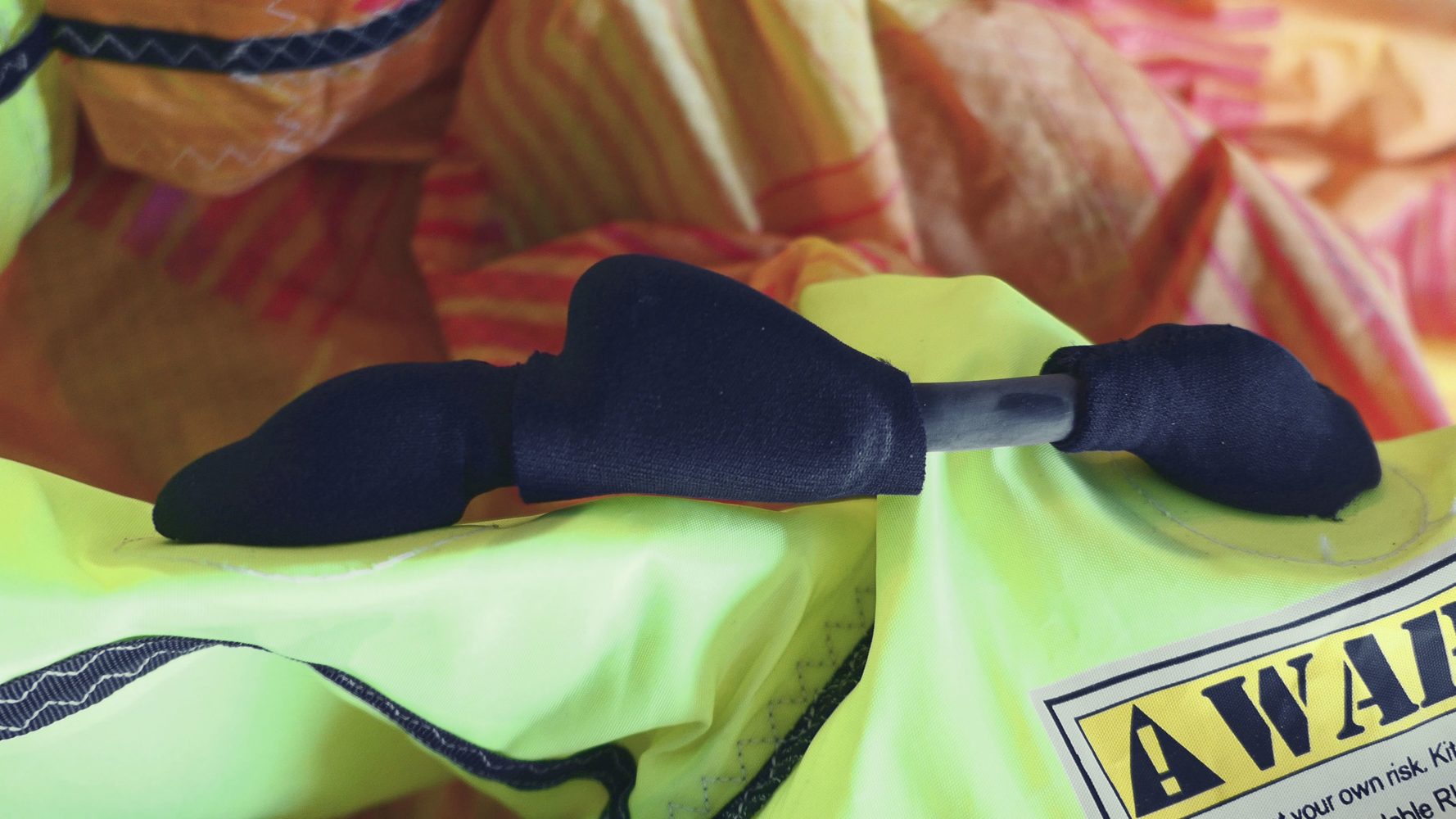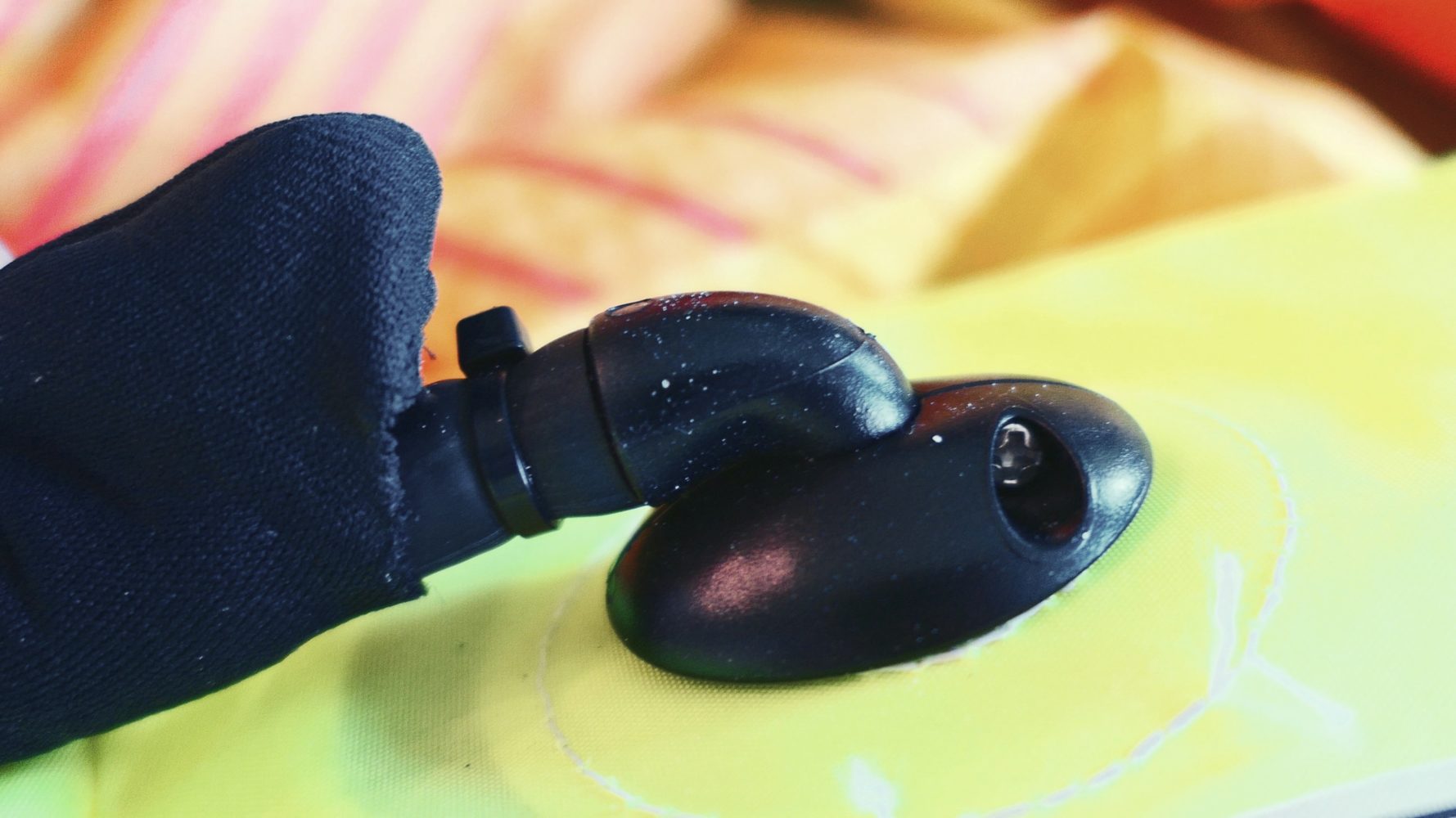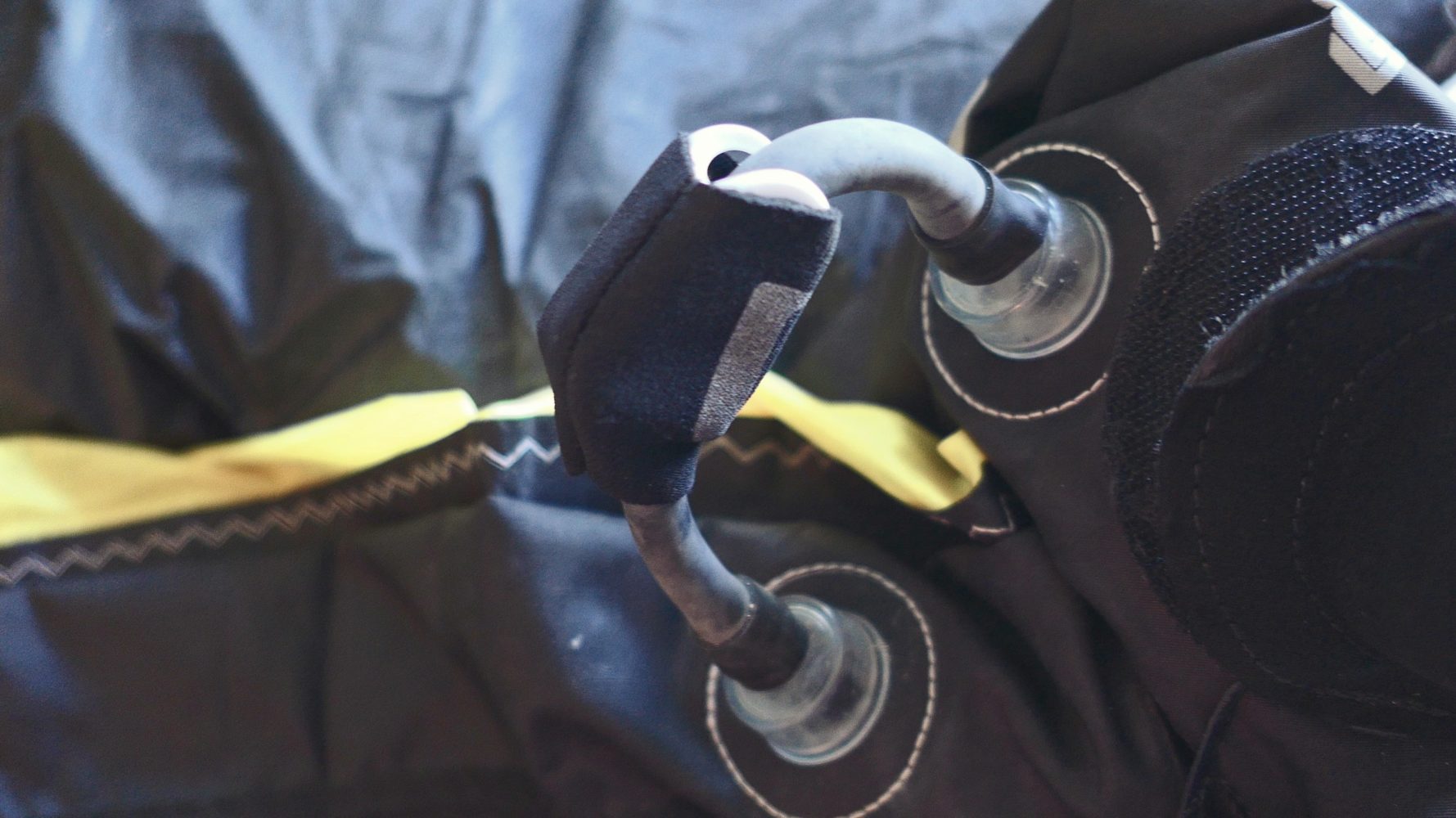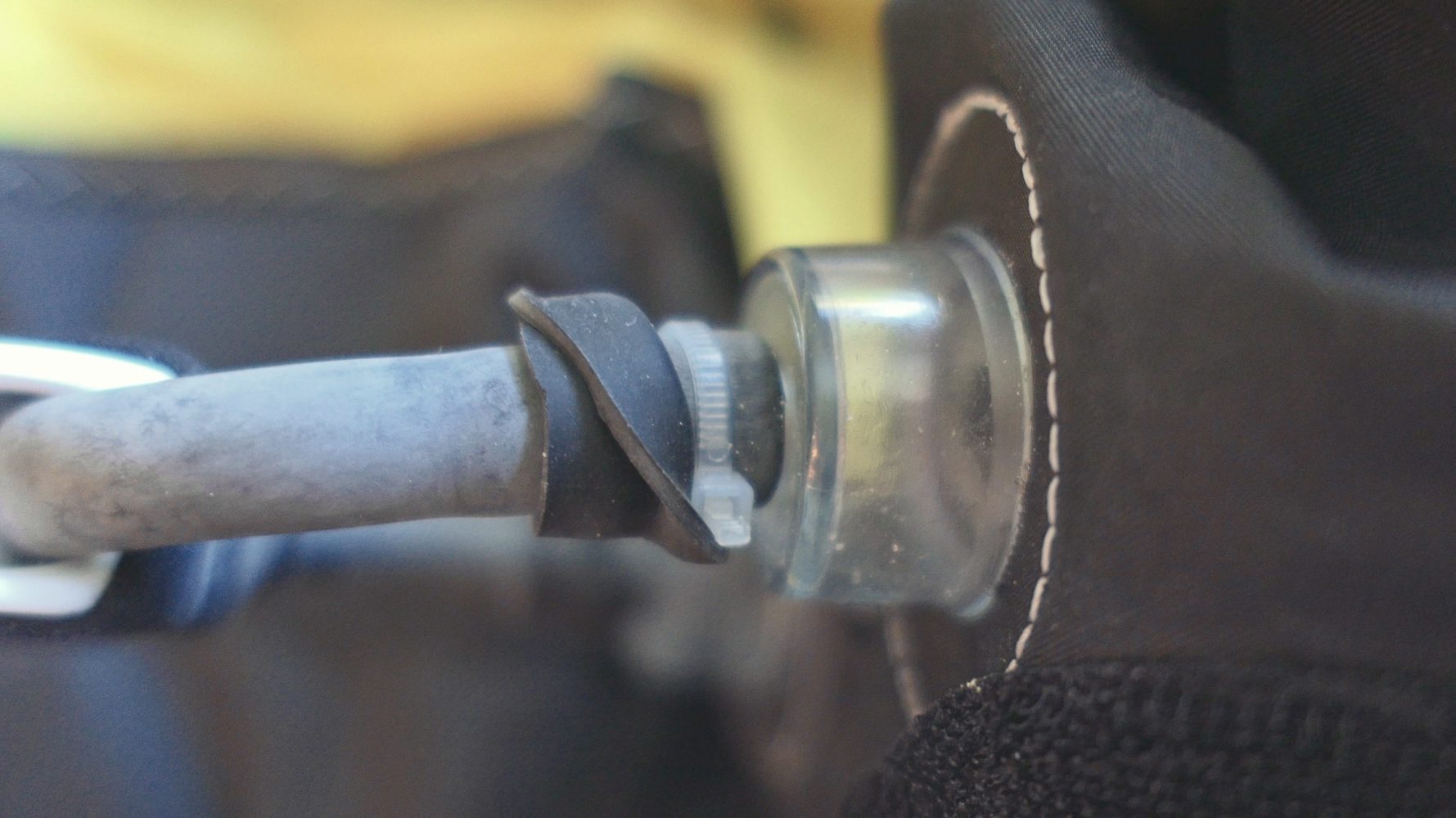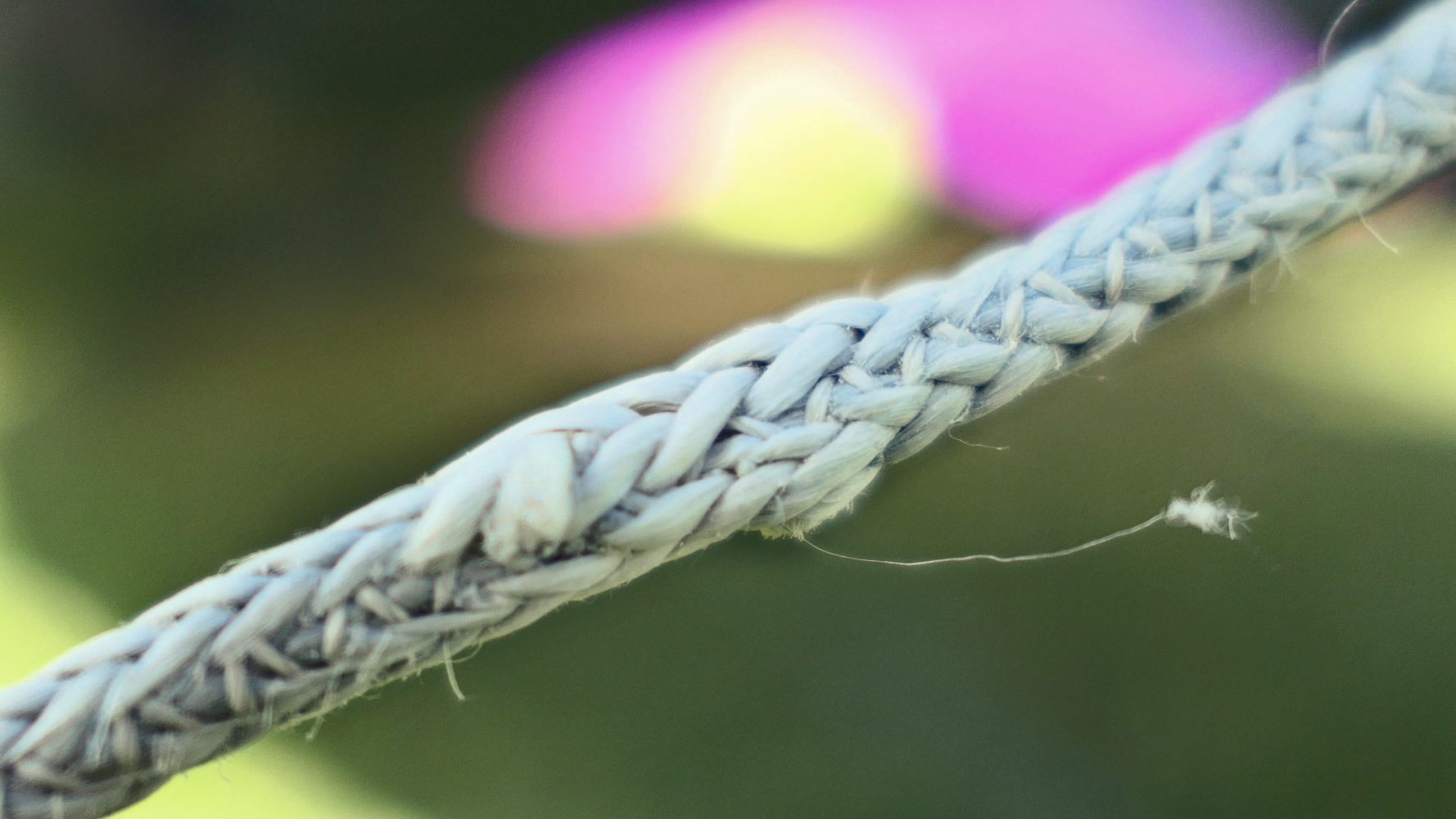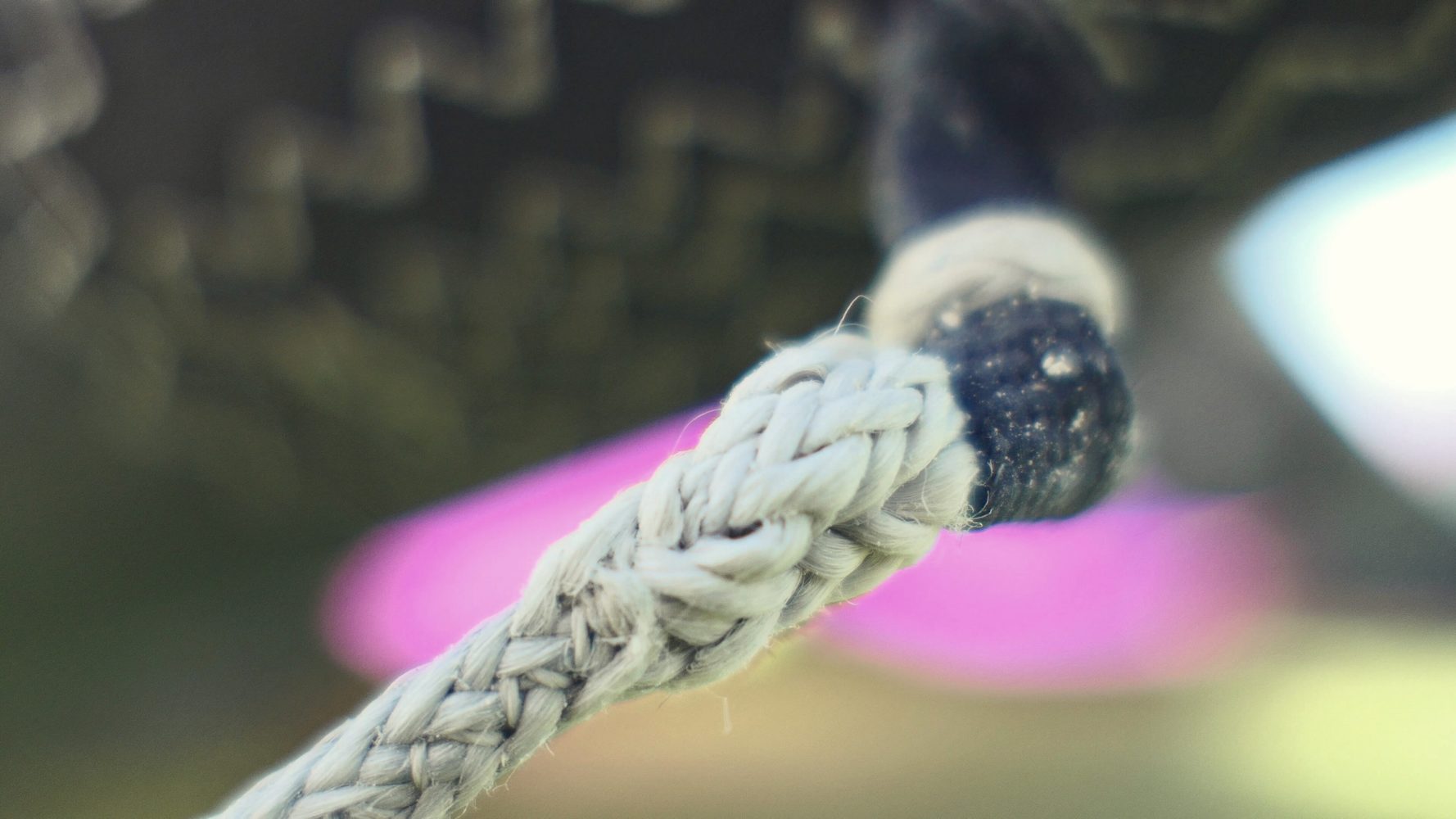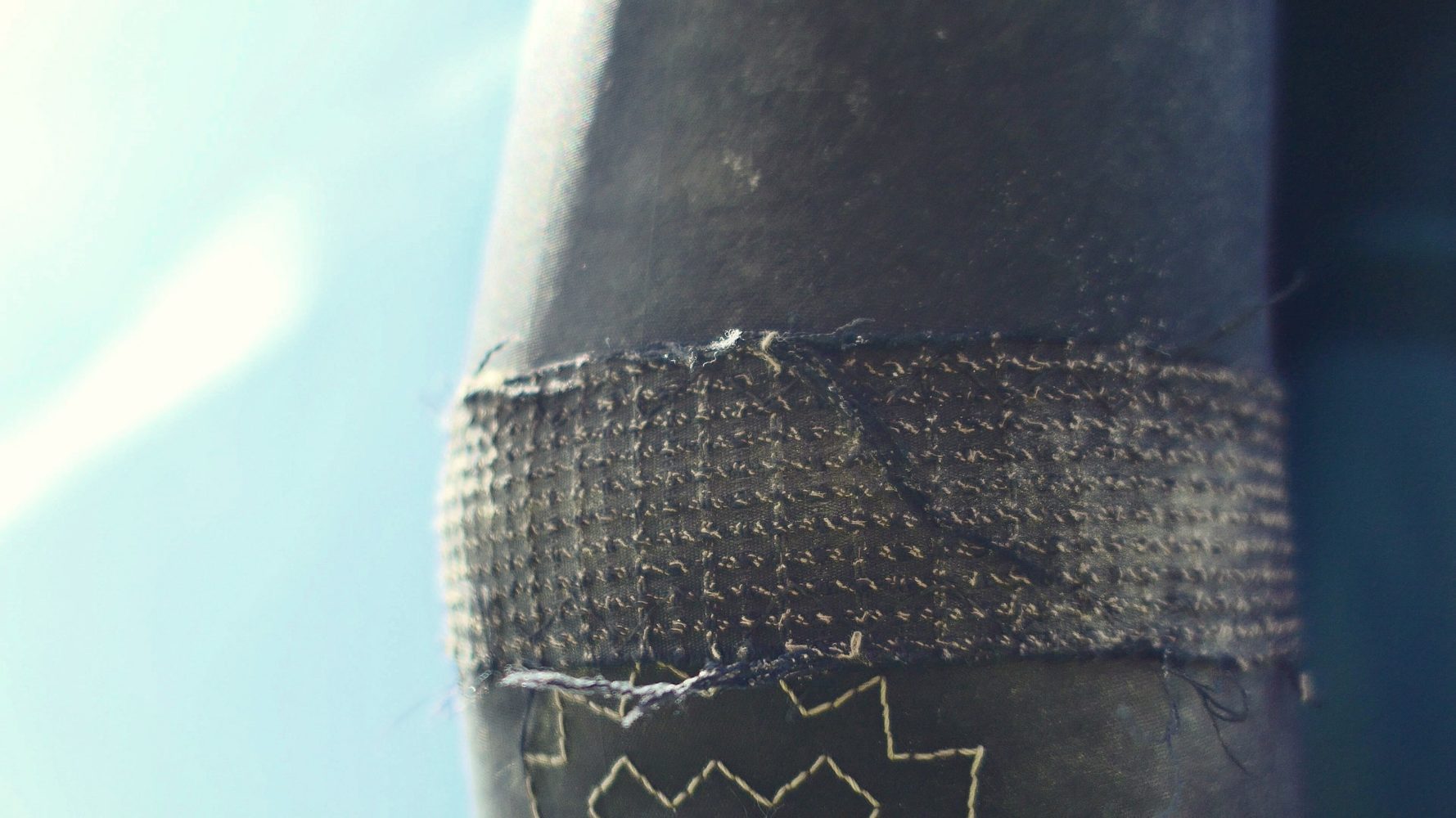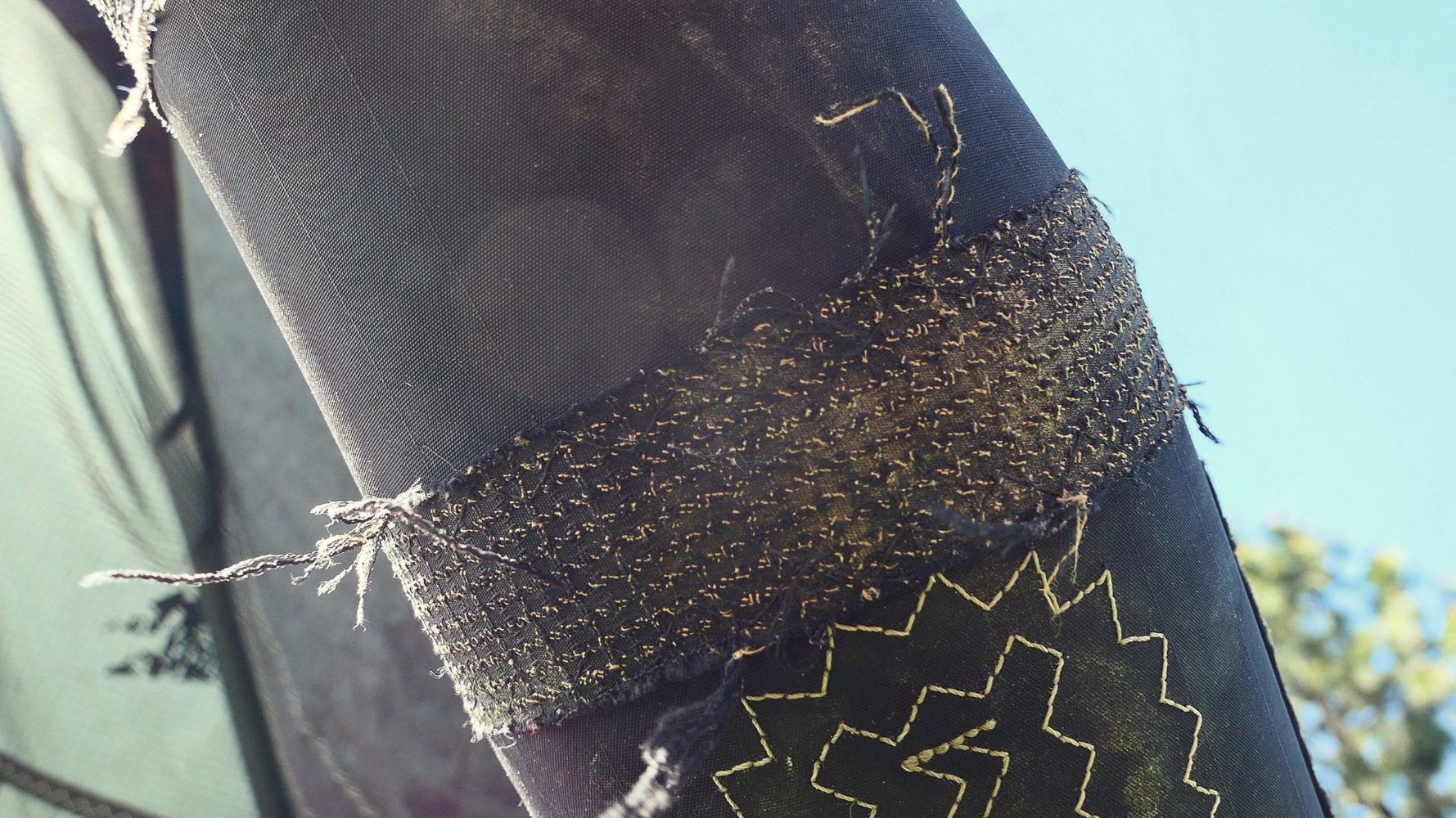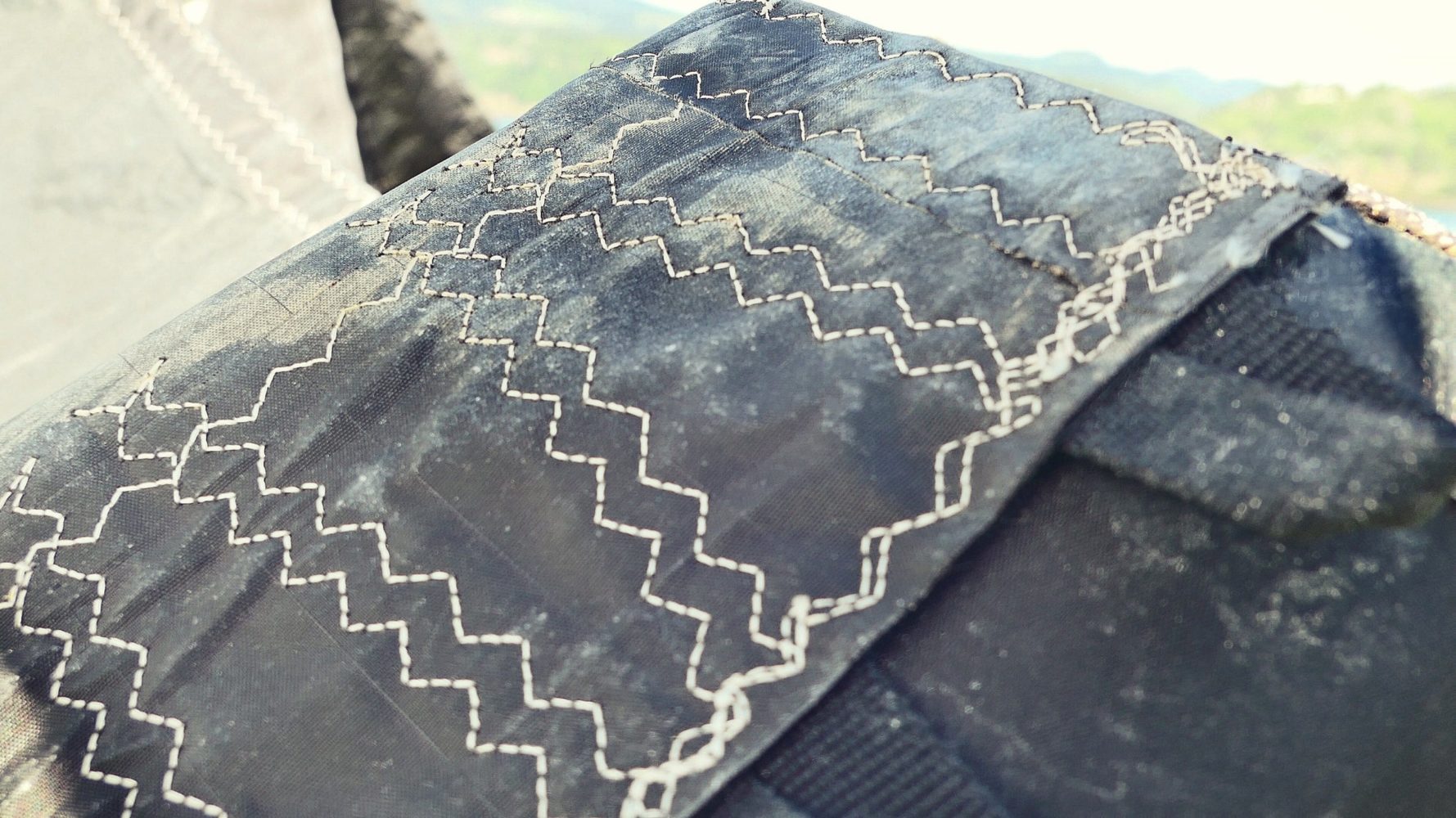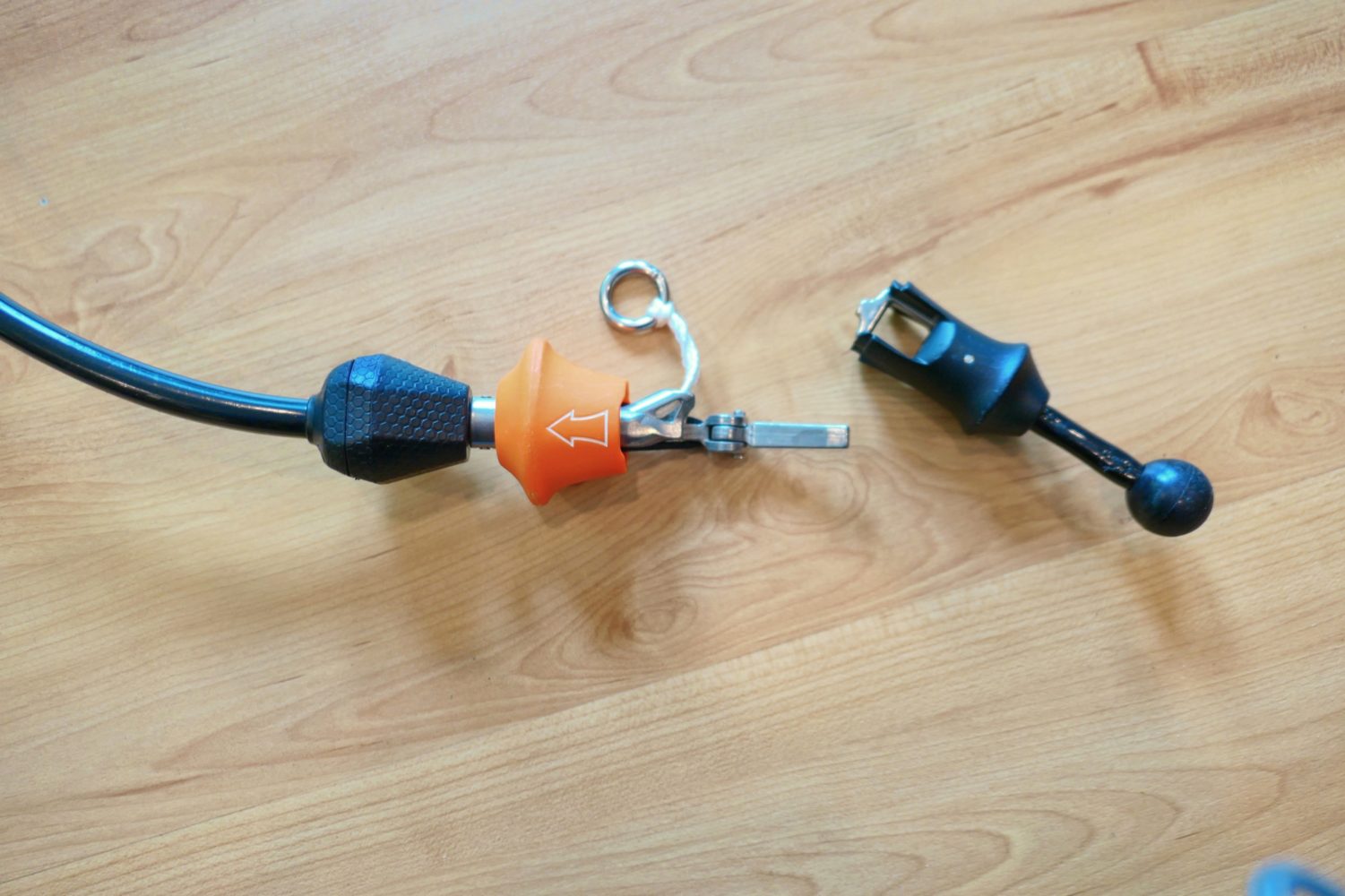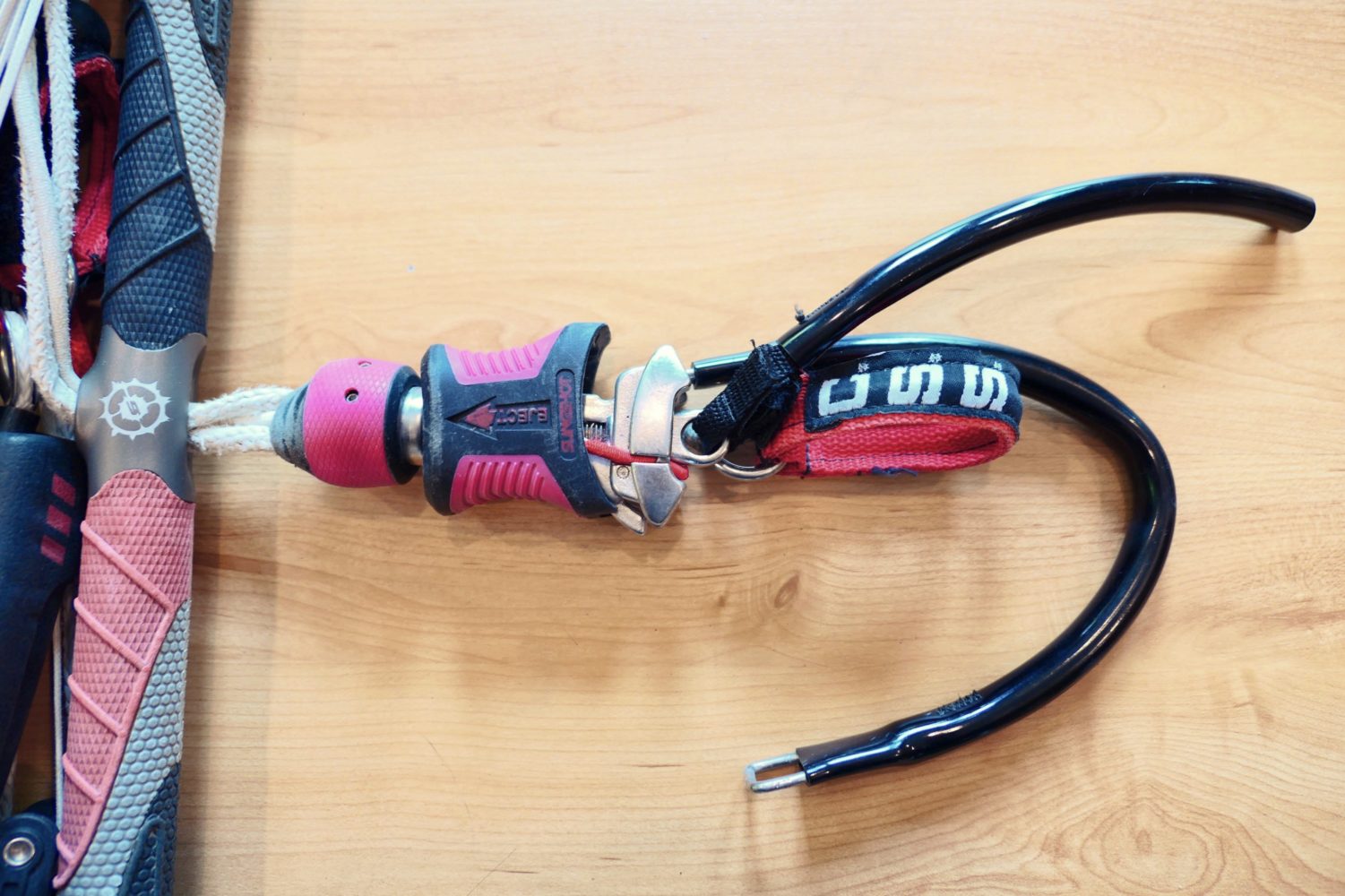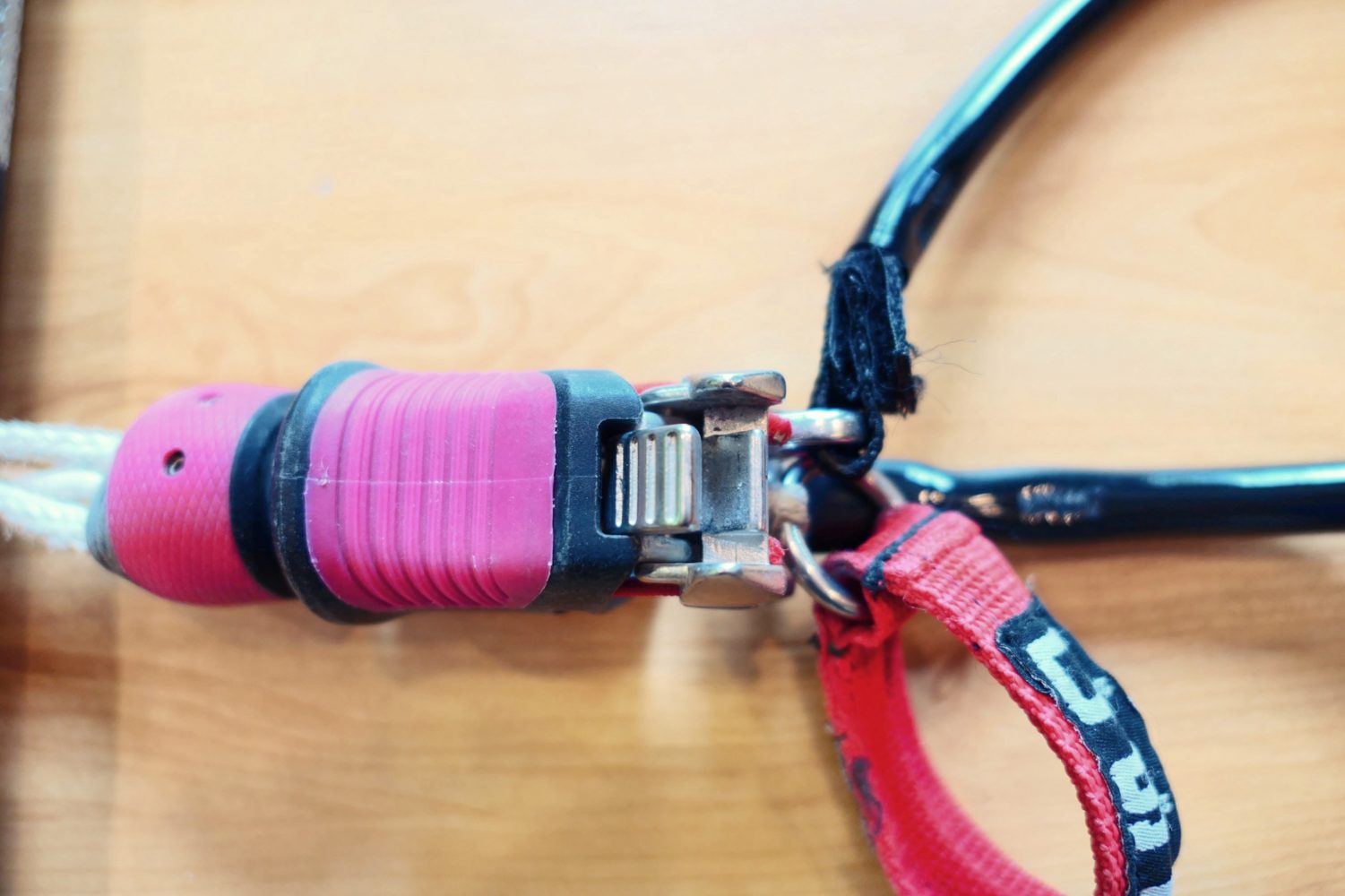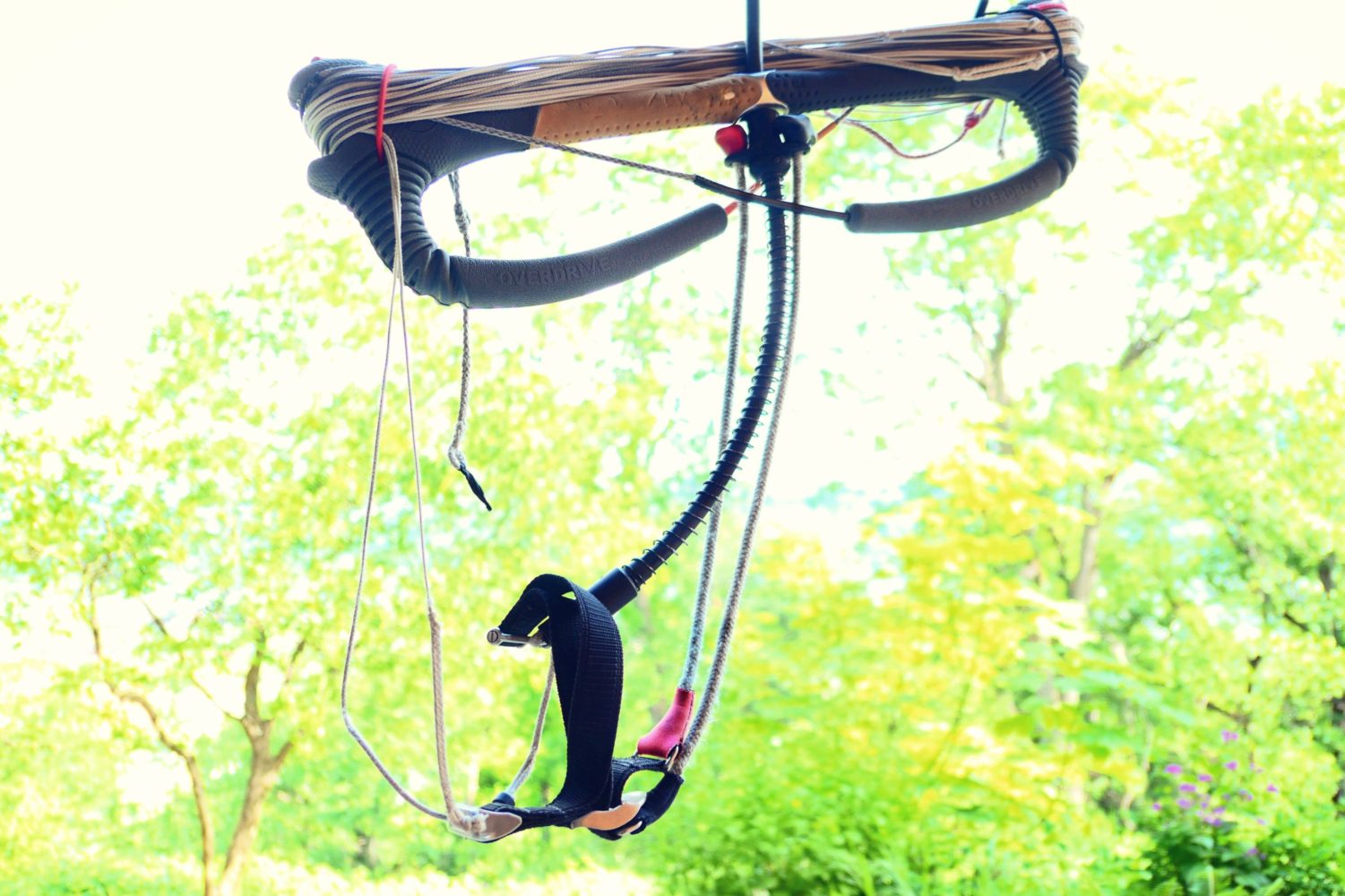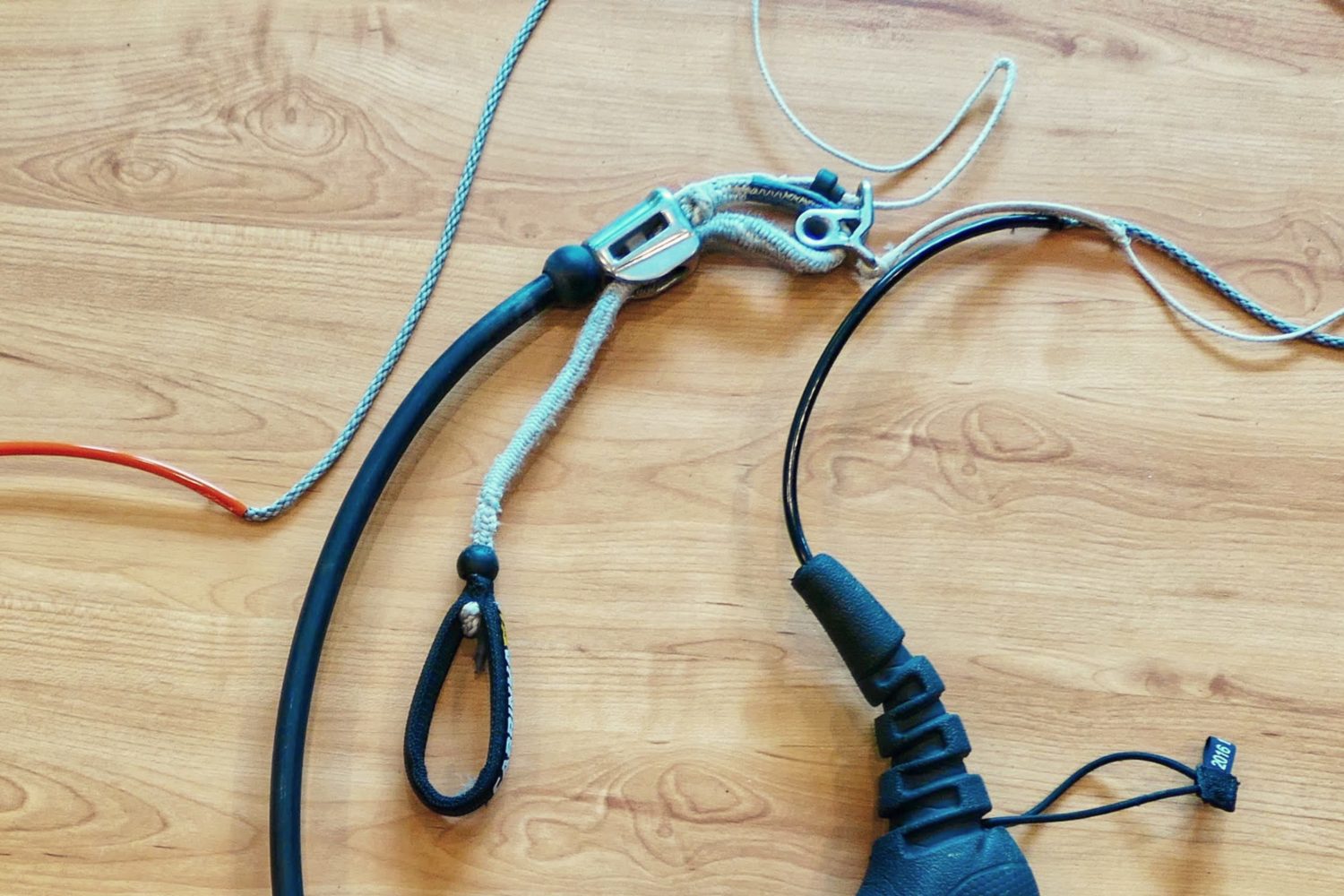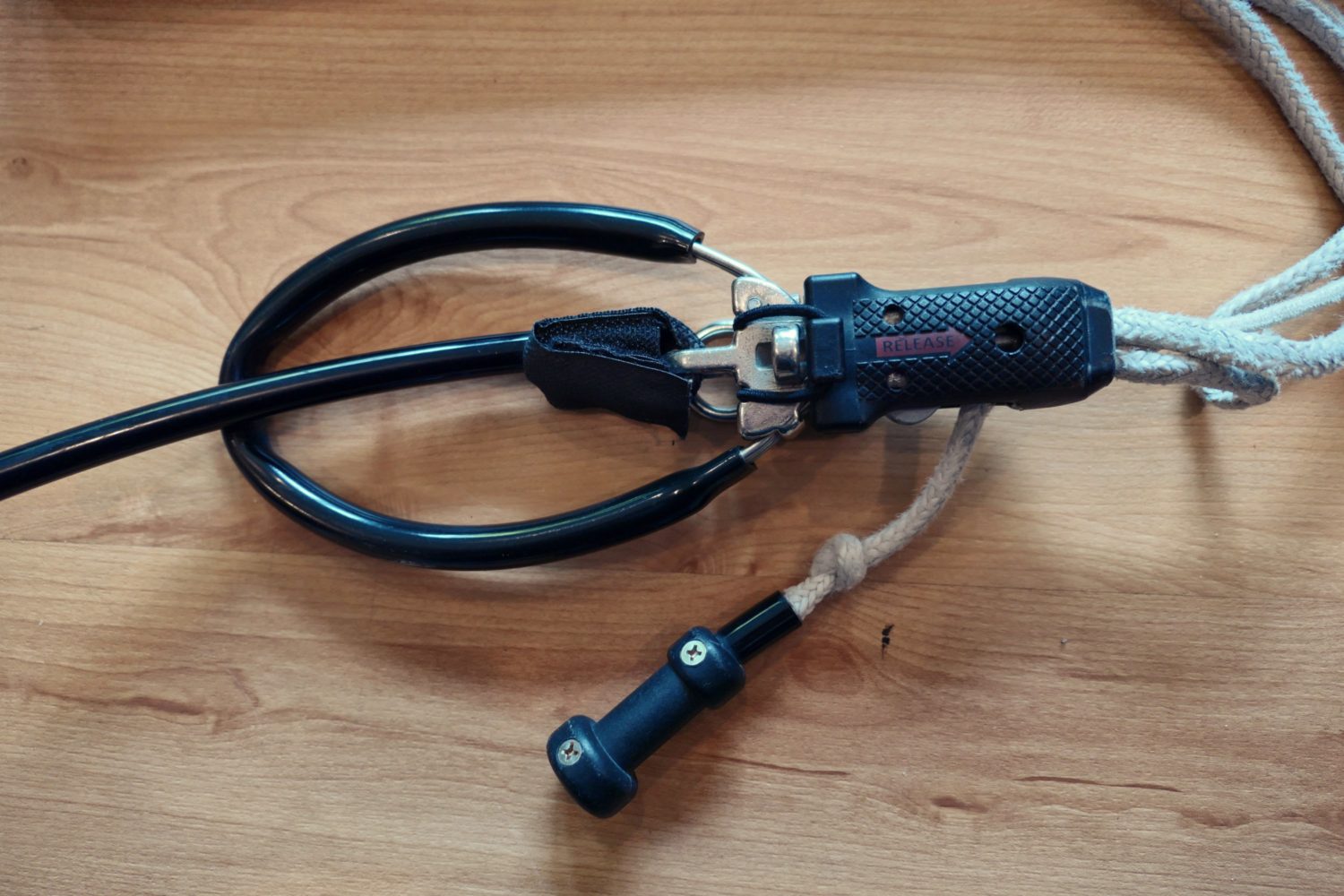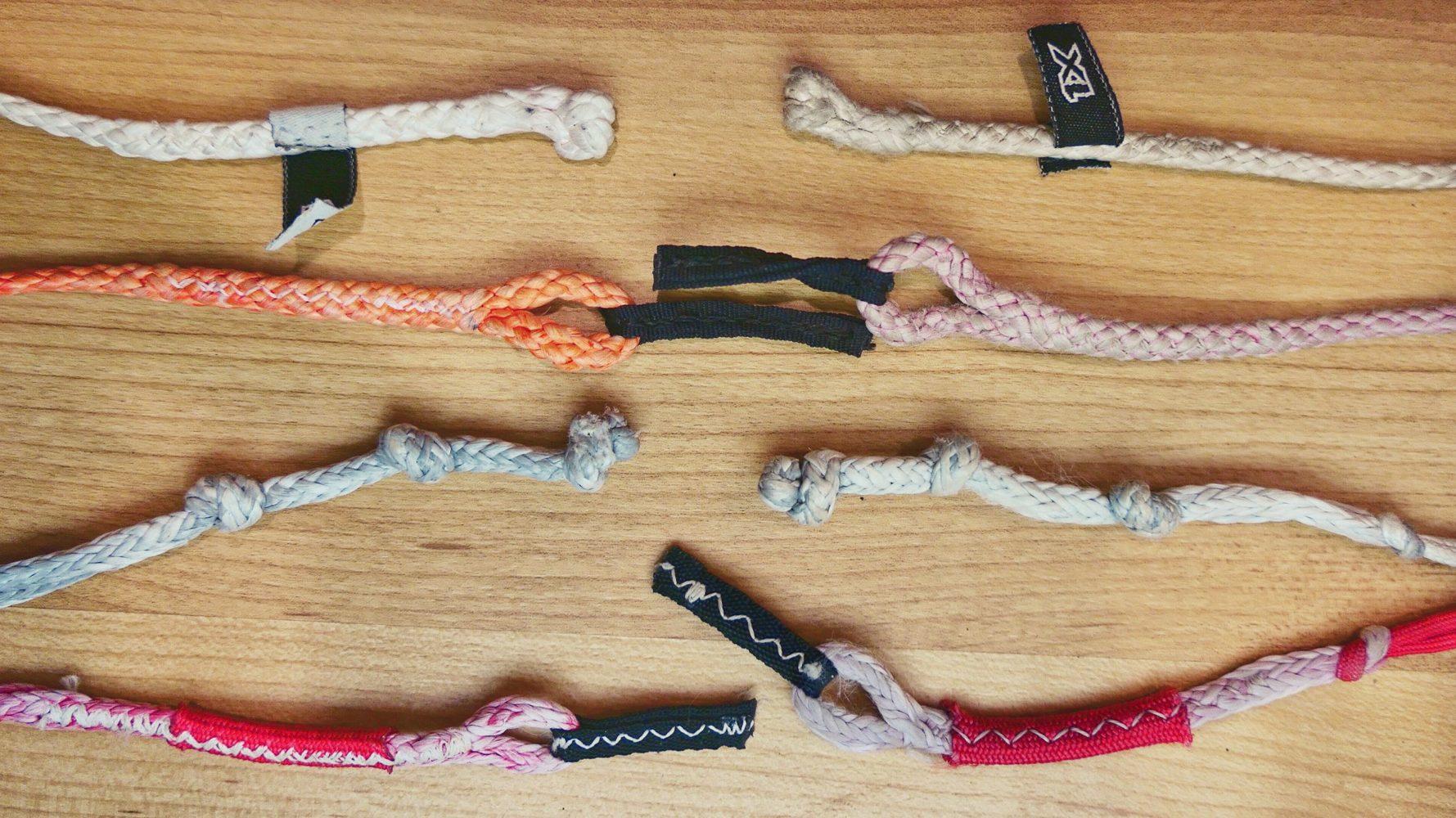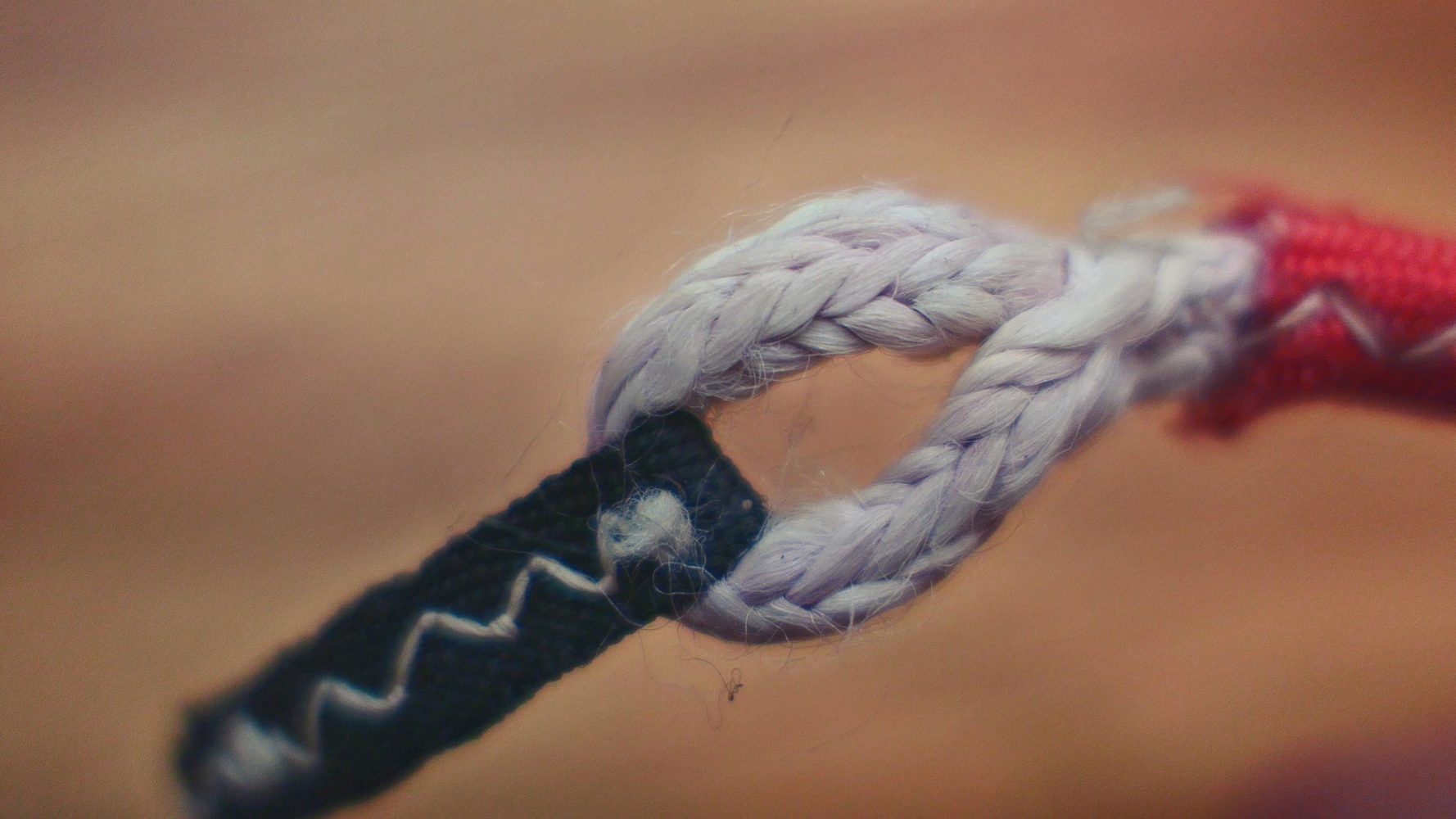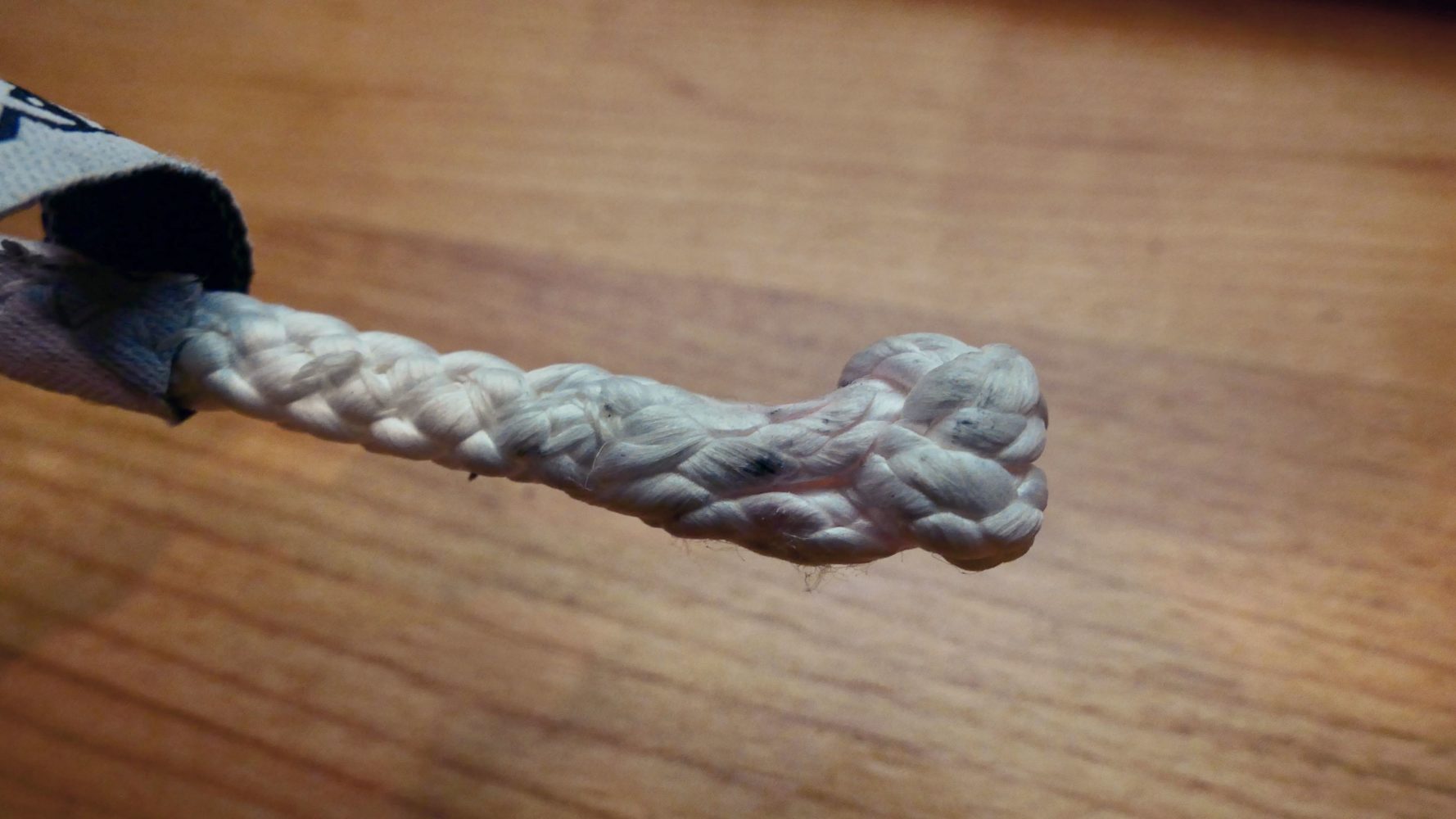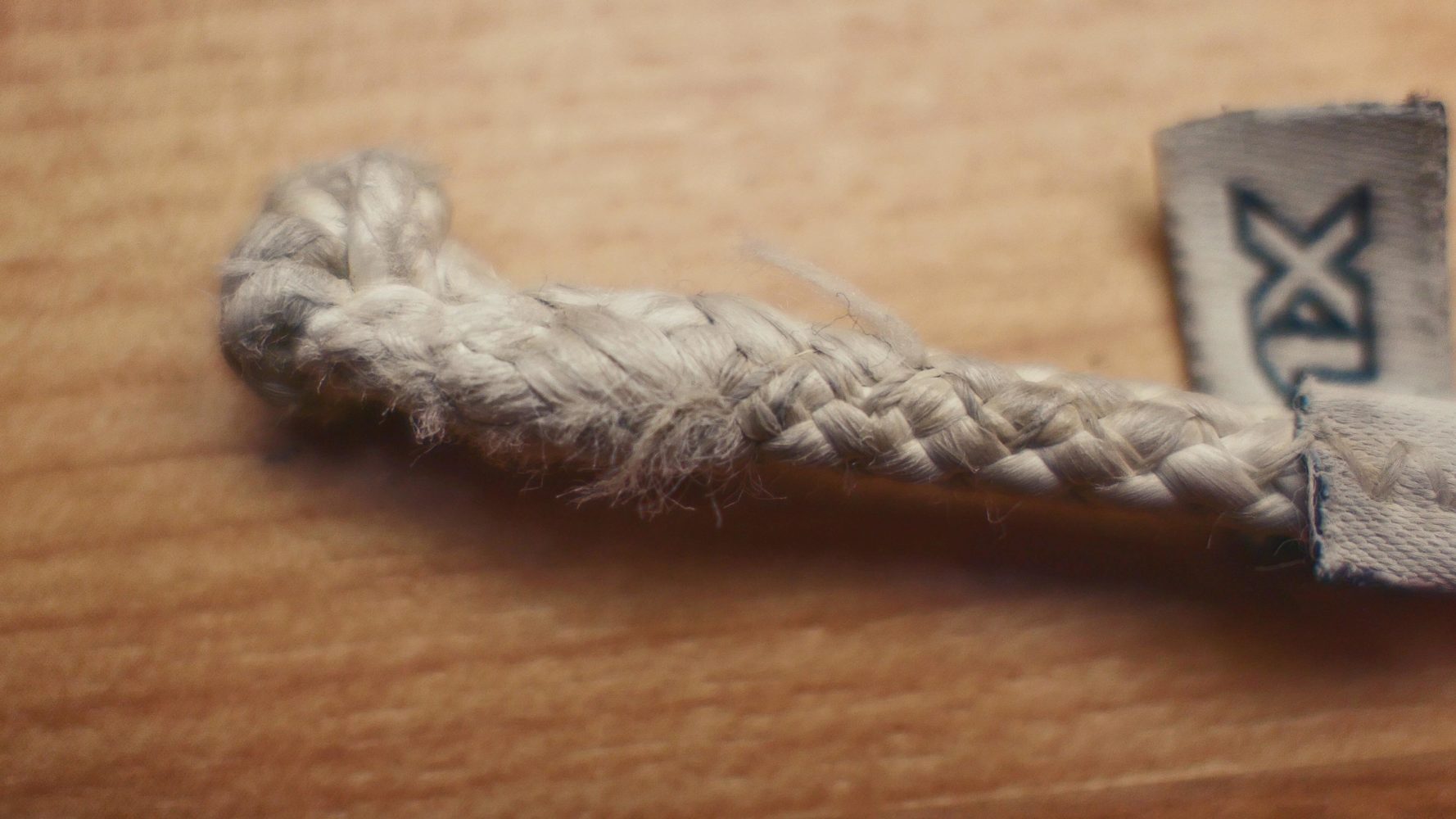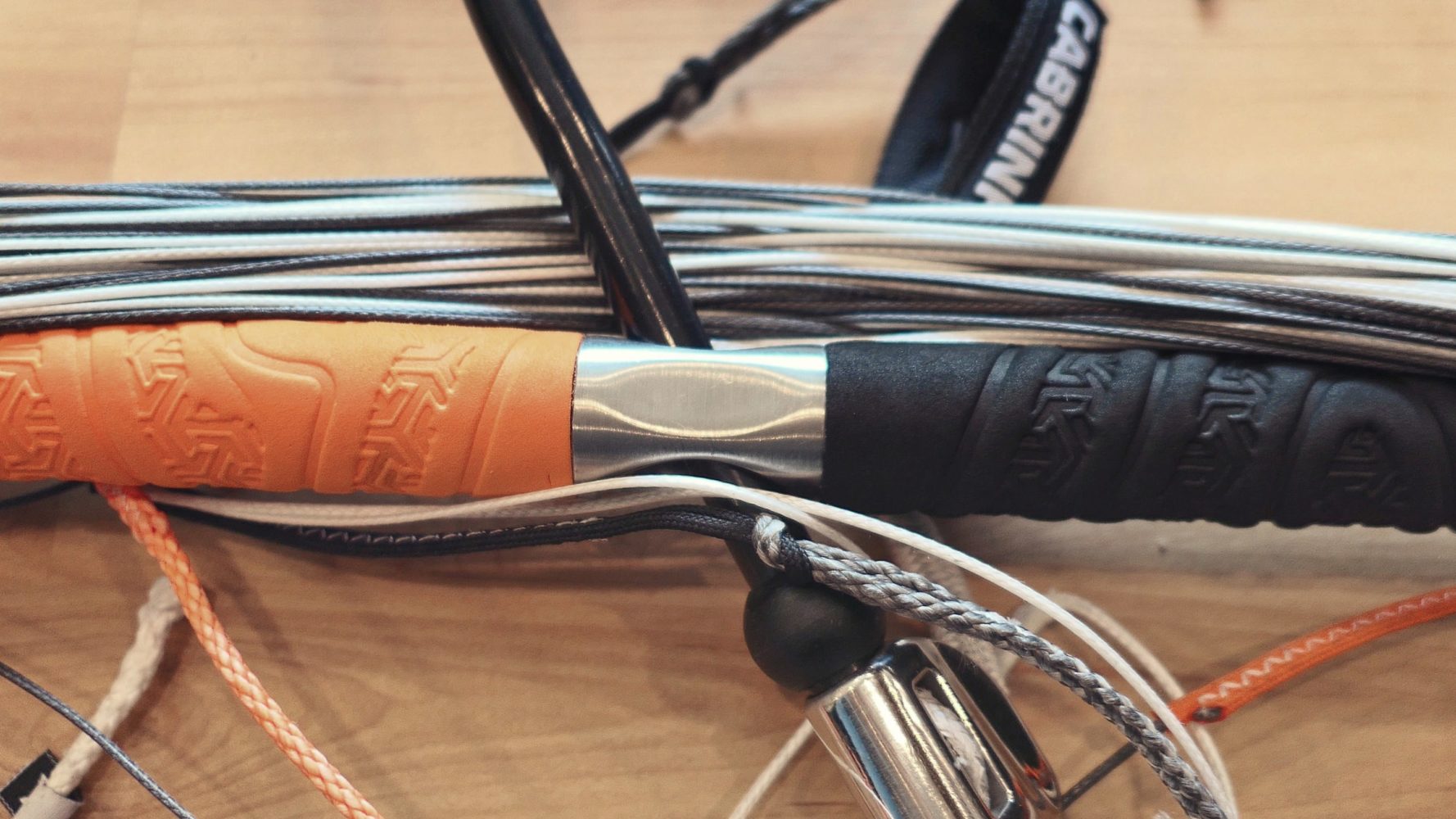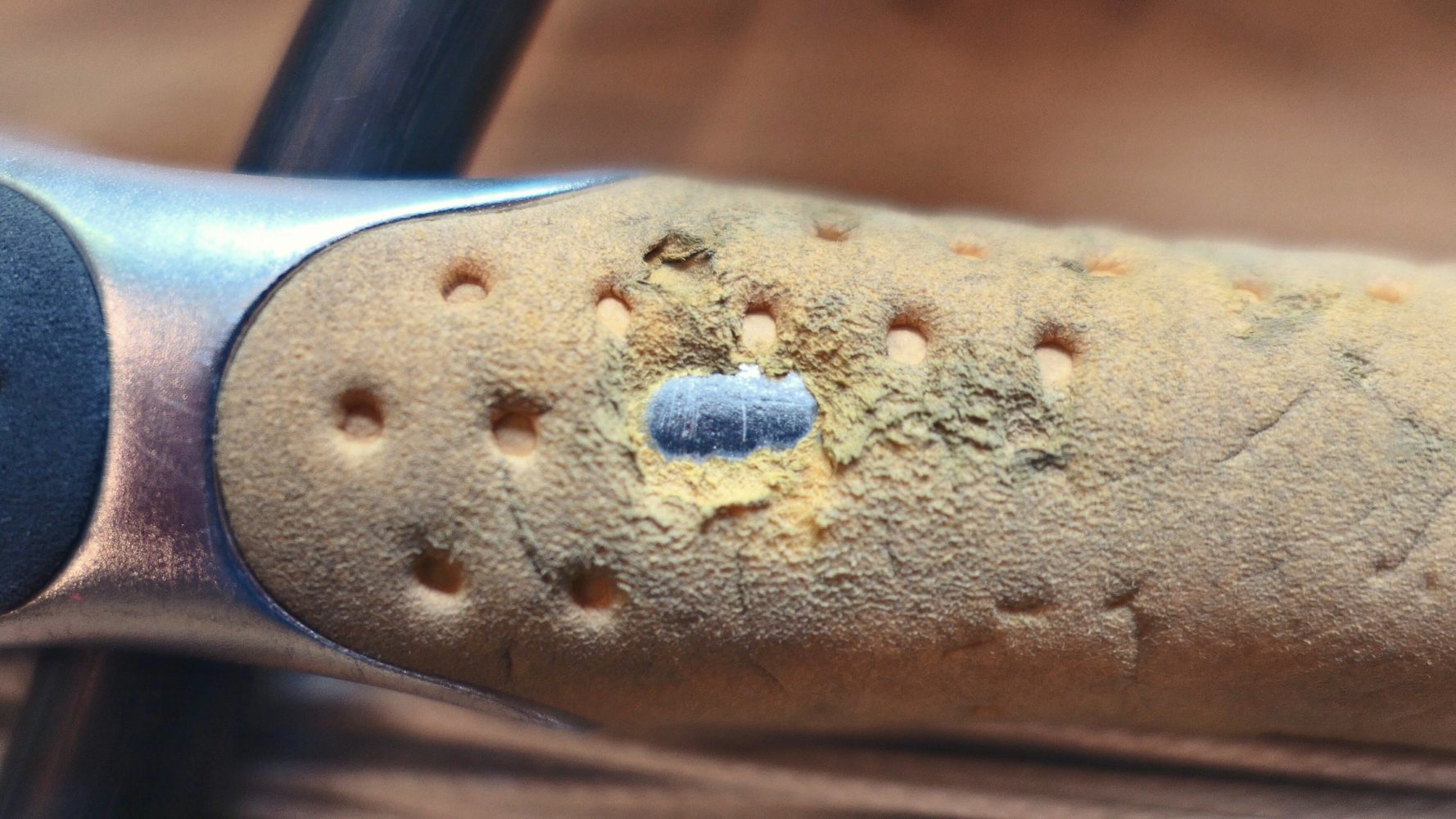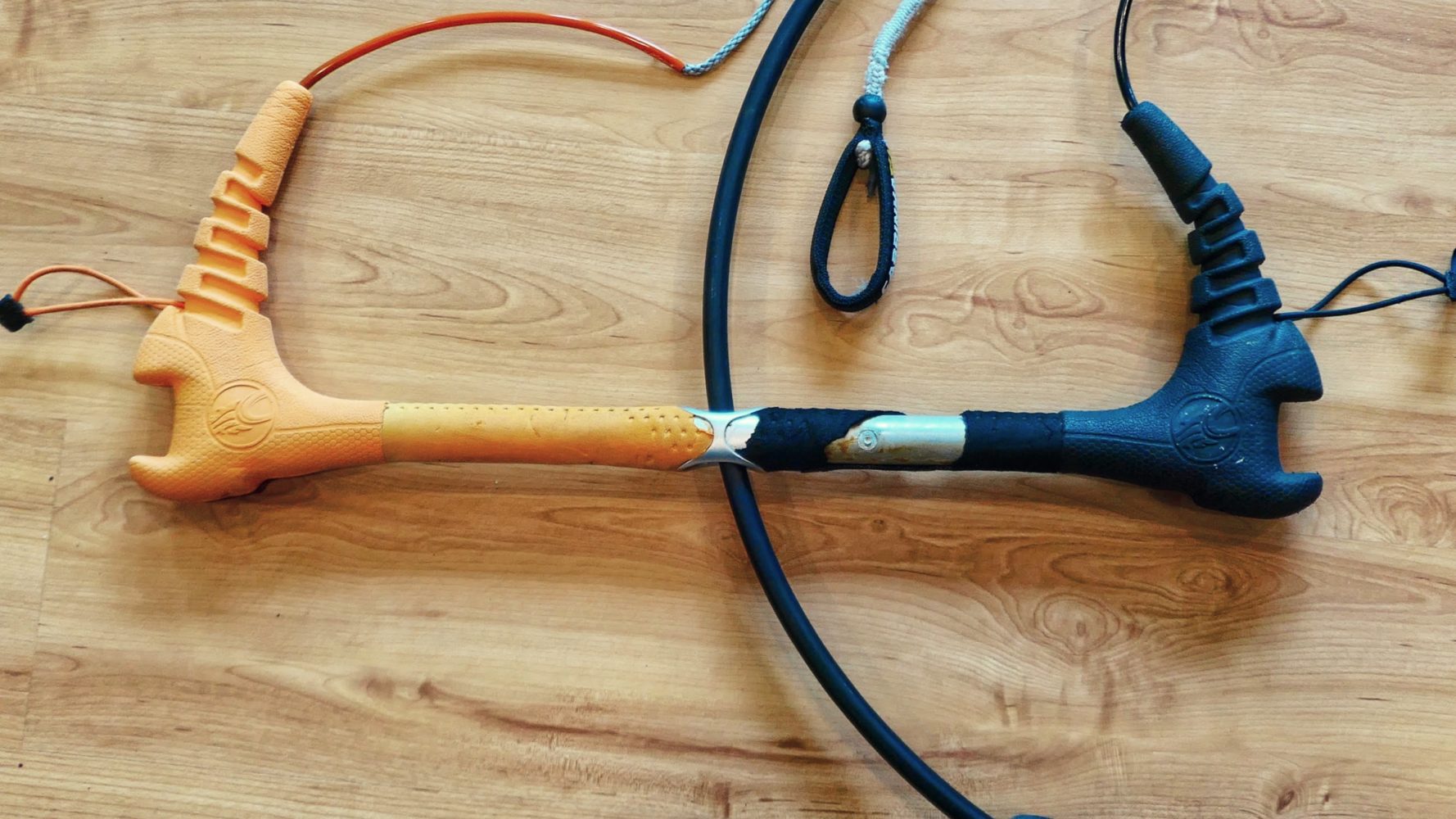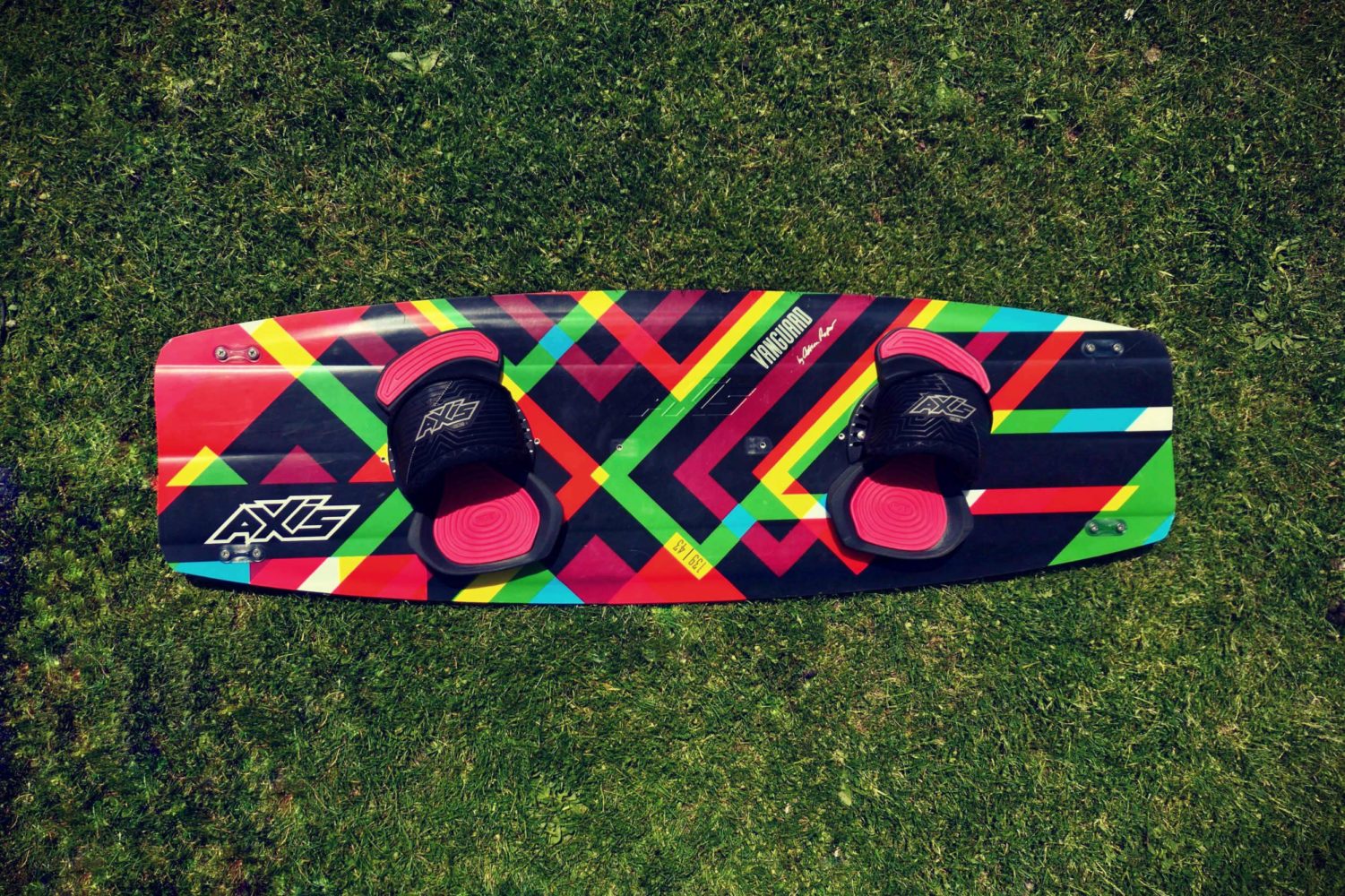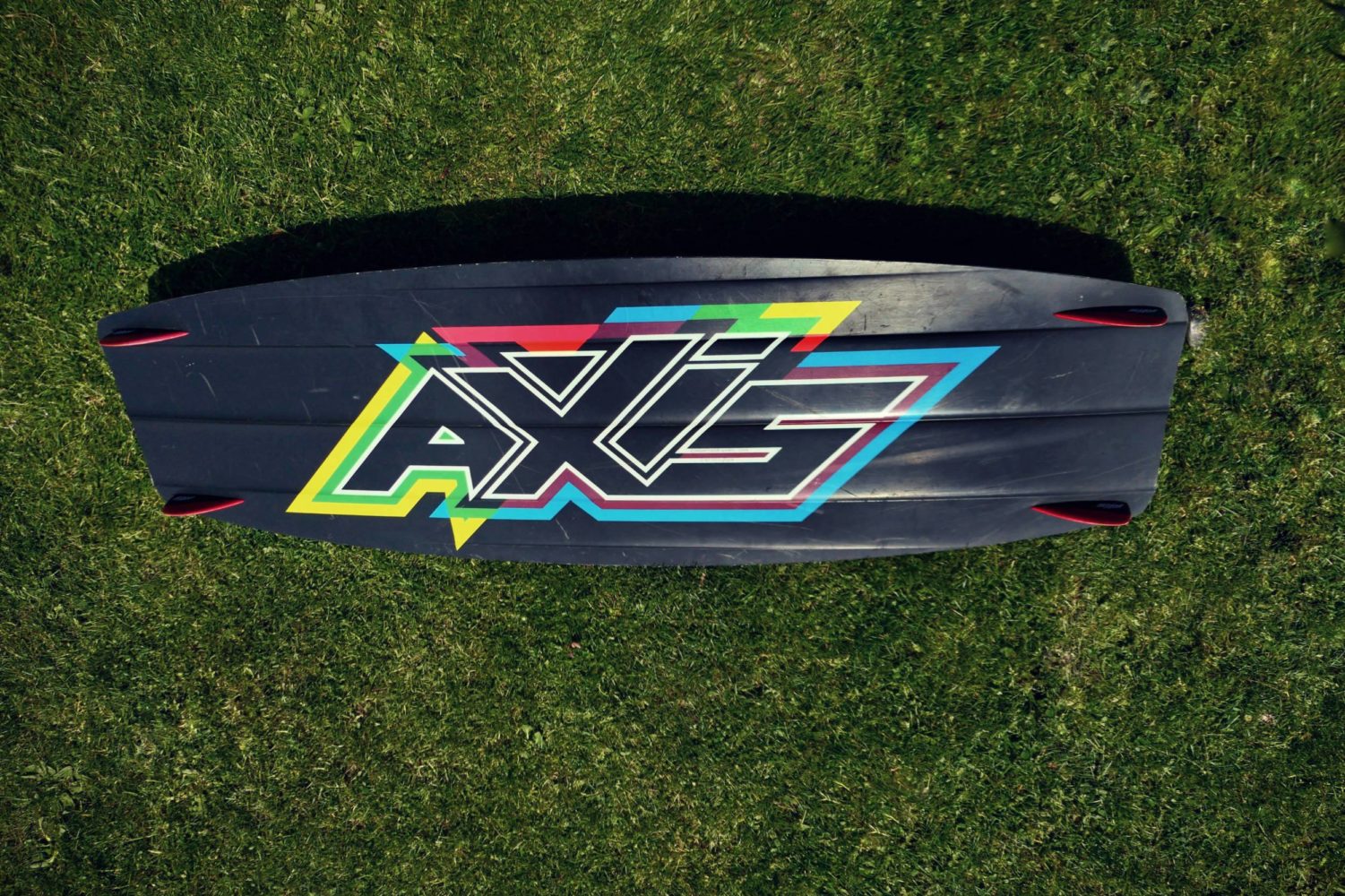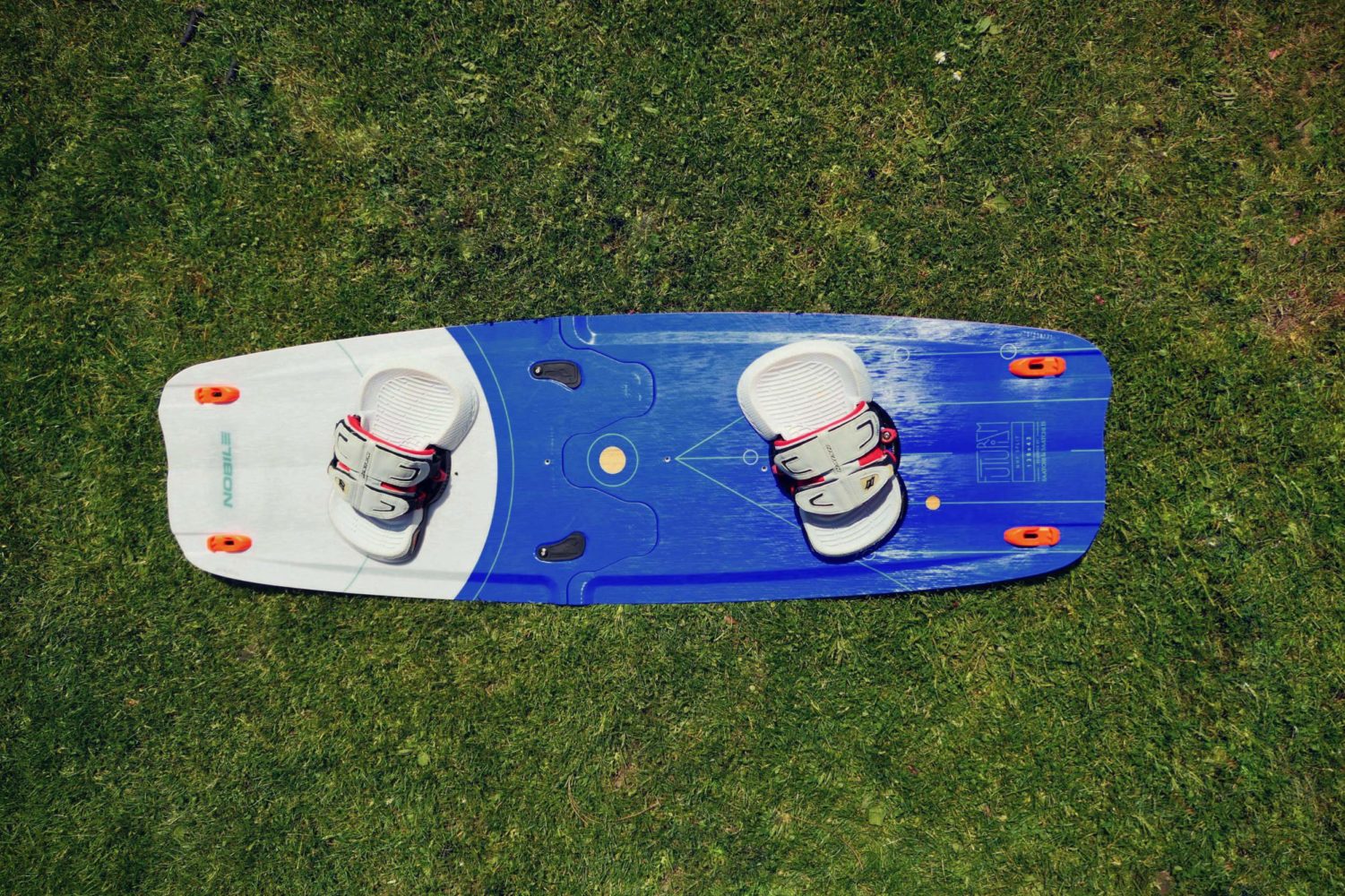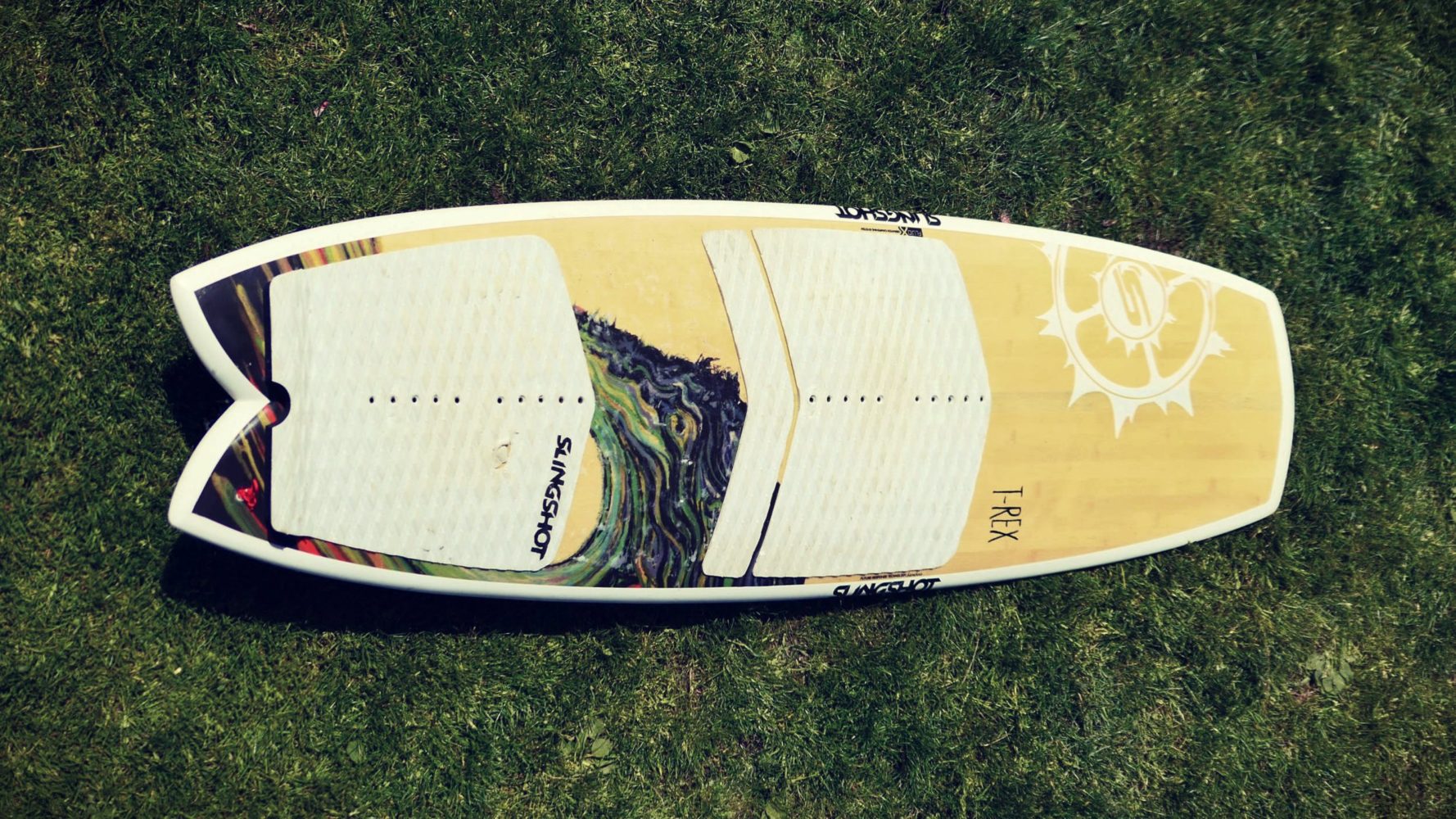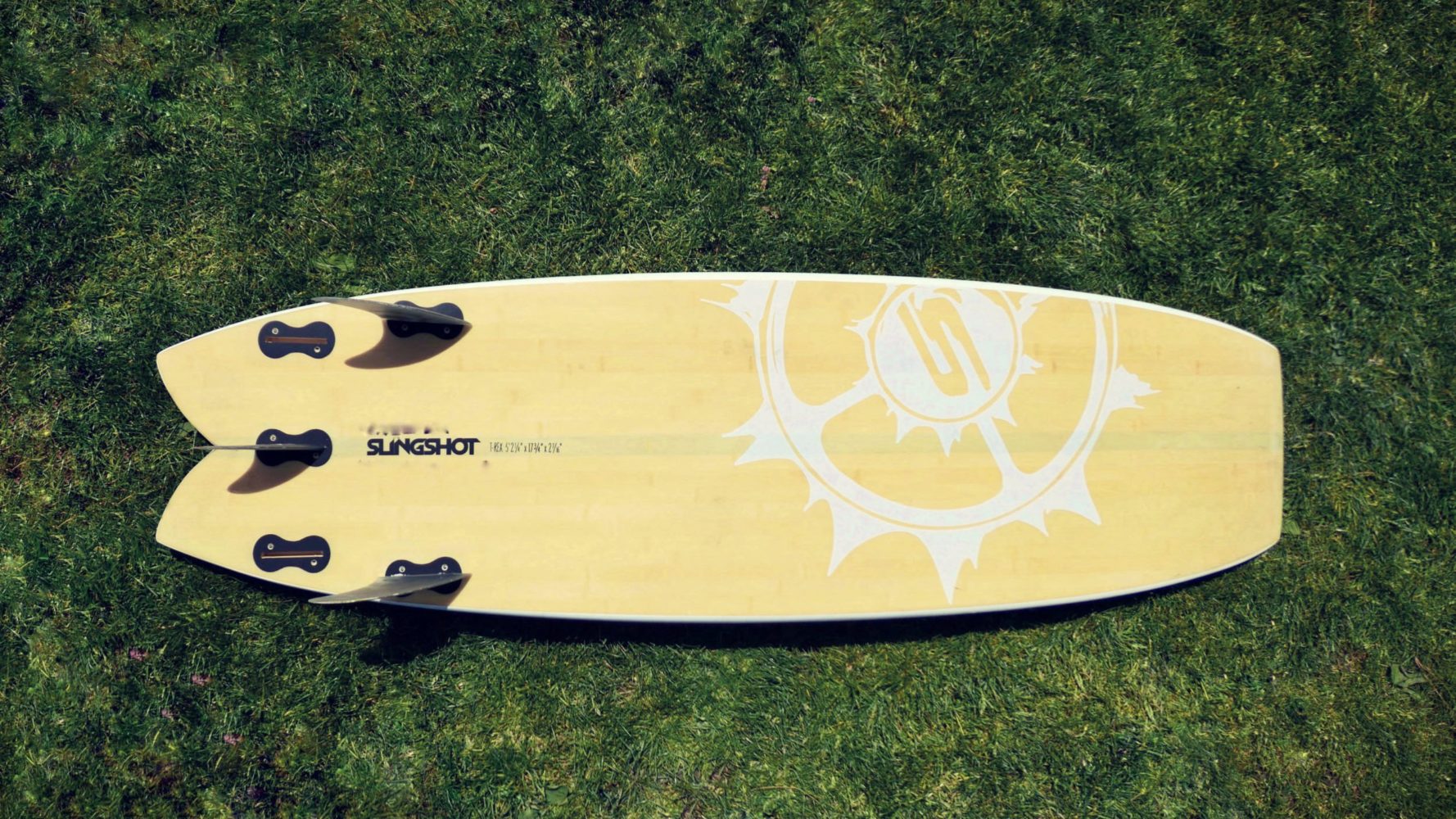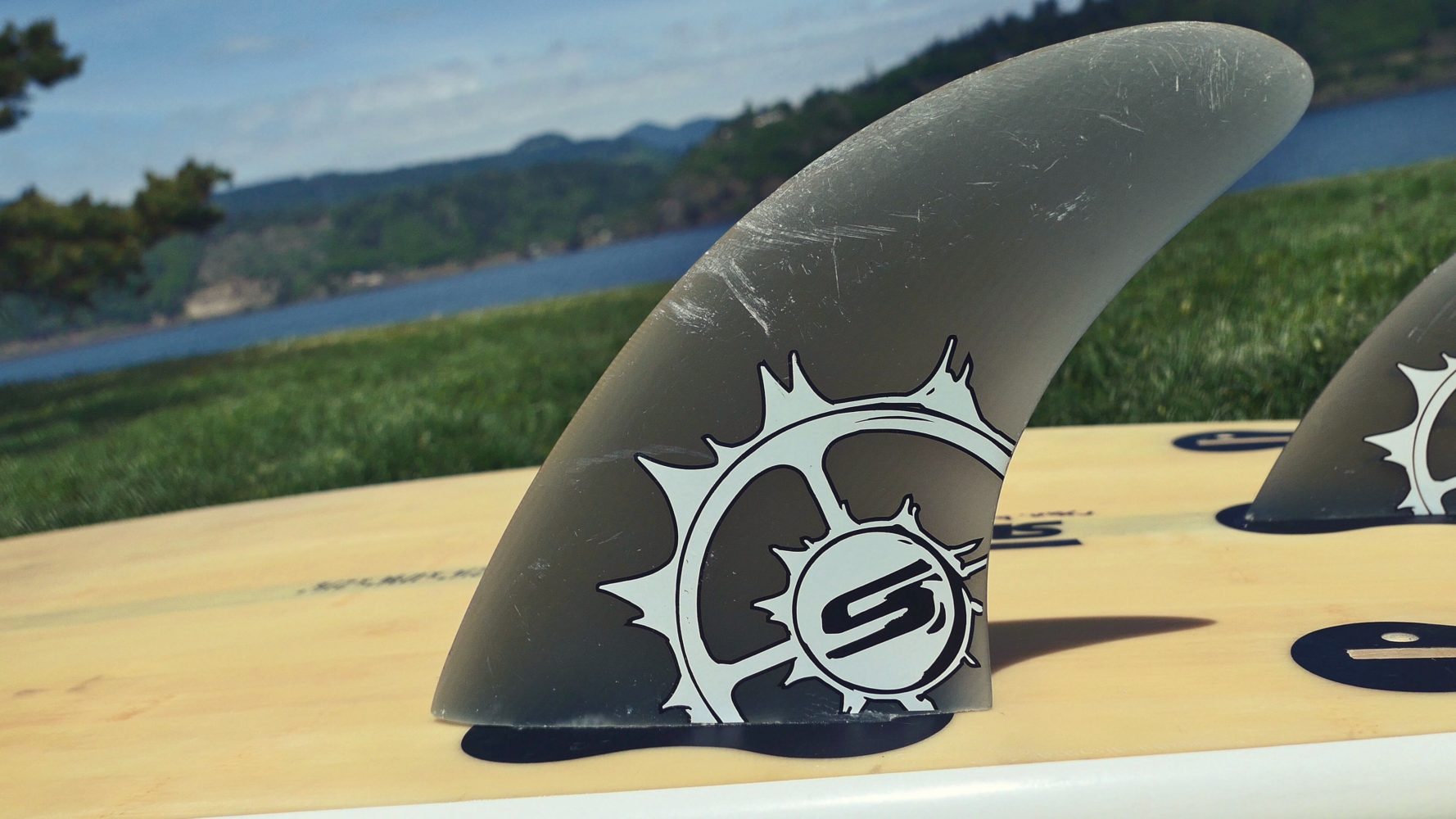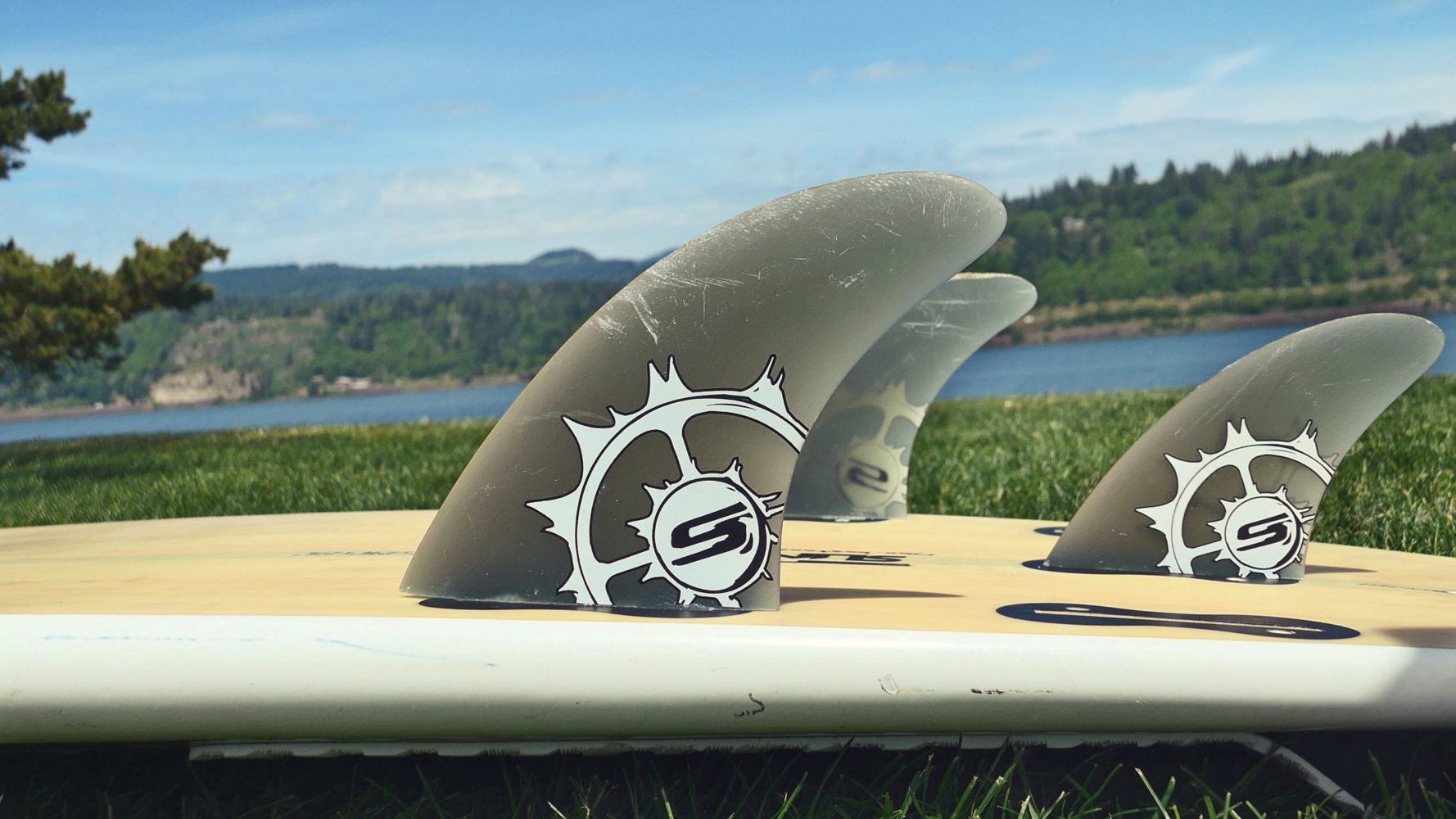Buying Used KiteSurf Gear
A Guide To Purchasing Inexpensive Kiteboarding EQUIPMENT
Updated: June 1, 2018
Get your next piece of quality kitesurf gear at a low cost
In need of great kiteboarding gear but also need to make next month’s rent? The trick is checking out used kitesurfing gear. Great deals, from bars to boards, can oftentimes be found locally and online. Making sure the equipment is bomber proof is essential. Keep reading for tips on where to buy inexpensive kiteboarding gear and checklists to help make sure the equipment is going to hold up what you will be throwing down!

Where to Find Used Gear
The availability of used gear differs greatly depending on where you live and ride. If you live near kiteboard shops, chances are there will be a lot of used gear coming out at the beginning and end of the local season, or when new gear comes out. Often, these shops organize gear swap meets and can point you towards online forums advertising used local gear. If you are fortunate enough to live near some great shops, take advantage! Stop by your local shop, the friendly people inside are all too willing to talk about gear, wind and great local beta. It is always valuable to visit shops selling used gear to check out the equipment before purchasing. While visiting, check out the discounted new gear being offered. Many times, shops are selling new gear from past seasons for prices similar to what consignment and used gear can run.
If the local used gear scene leaves something to be desired, there are numerous online shops. Keep reading for a list of kiteboarding resources in the United States.

Check Used Harness
A good harness is key to a comfortable kiteboarding session. Purchasing a used harness is a great idea, often times you can find great details and it is relatively easy to tell if the gear is in good condition. Use the checklist below to ensure your harness is in great shape. Buying a harness that has seen many better days is not going to offer the support a kiter needs; you don’t want to find yourself coming in early or skipping sessions because your body is sore.
When purchasing a harness, check any metal pieces for rust. Rust can often times equate to very used and not well cared for, and has the potential to foster more difficult to see damage such as mold.
Check the straps for fraying. If the harness is fraying, ripping is a concern as well as irritation where it contacts your skin or wetsuit. Comfort is key when buying a harness.
Using your hands, bend the back of the harness to see how flexible the back support is. Various hard and soft shell harnesses have different flex points. If you are checking out a particular harness do some additional research to determine which areas are intended to be more flexible. If a harness is too soft in the wrong area it can cause a lot of strain on your back.
Used Harness Check List
✓ Condition of straps
✓ Rust
✓ Stiffness

Check USED Kite
Purchasing a used kite can be the hardest item to buy on site. Going into the situation with a game plan can be super helpful. Whether you are meeting up with a local kiter selling gear or checking out gear at a shop, it is essential to pump up the kite as early as possible. The longer a kite is pumped up, the more time is allotted to identify potential leaks.
After pumping up the kite, check out the valve and hose components.
When looking at the valves and hoses, make sure there are no defects in the material. The material should not be dry or cracking. If the valve does not look to be in top shape, it can be replaced. Consider if the added cost of replacing these parts is worth purchasing the kite.
Next, move on to checking out the bridal conditions.
Bridals are a good indicator of how used the kite is. The more frayed the more used. If the bridals are frayed this should bring down the cost of the kite.
Now check the leading edge material.
Look at how used the all the different materials of the leading edge are holding up, it will show you how used or how well the kite was treated.
If there are repairs to the leading edge this could indicate repairs to the bladder. If there were any repairs to the bladder that were not professionally fixed, start to re-consider the purchase.
Check the entire canopy, the closer to the leading edge the more sensitive the canopy is to holes or pinpricks. Using sunlight, or a flashlight, try to put light on one side to see through the canopy. This is a great way to tell if there are any small holes or pin pricks.
Check the trailing edge, the edge of the canopy furthest away from the leading edge, for fraying and fading to the material. These are possible indicators of a kite that has been left in the sun and wind for a long time. Generally, the more your kite sits flapping around in the wind, the more wear it experiences. Does the canopy feel smooth or is it “crispy” or soft? The softer the kite, the more used it is.
Really digging the kite you are checking out? Ready to head to the ATM? Check to make sure the kite has air. If the kite has lost air in such a short time, this is a cause for concern. Fixing a bladder can be easy… but there are times when it can be a painful and expensive process. If the kite is holding air and shows fairly average wear, it becomes a question of if the price is right!
In summary, checking the condition of the bridals, leading edge and canopy will give you a good idea on what is a fair price for a kite. If these look to be in relatively good condition, most other things can be easily fixed for a minimal price. Airtime is an example of a great company that does wonderful repairs. They have two locations in the United States and shipping kites to them is always an option! Just because a kite is fairly well used doesn’t mean that it will not hold up for a number of seasons. Having repaired a few kites, I have seen entire panels be replaced for $100 as well as small replacements to the canopy for around $25 (pin prick patches).
A kite holding air is the top priority in looking to buy. Bladder repair is doable, but it is a good rule of thumb to buy kites that already hold air.
REAL Watersports offers a great used gear resource. One of the few vendors that allows returns, you can receive the kite, pump it up overnight and return it if it doesn’t hold air or meet your standards.
Used Kite Check List
✓ Bladder Holding Air
✓ Condition Of Bridals
✓ Condition Of Leading Edge
✓ Condition Of Valve and Hoses
✓ Condition Of Canopy

Check USED Control Bar and Lines
The thing to be most cautious with purchasing used is a control bar. The reason being almost all of your safety, and the safety of those around you, is directly linked to its condition. I recommend purchasing bar and lines new from a shop at a discounted price. Kite gear of seasons past is consistently discounted, particularly at the end of the local season. It’s very likely you will be able to find the bar and lines you would like for about 20-25% off or more. If your bar is still in good shape, purchasing new lines is also an option.
If you’ve found a great deal on a bar and lines and are set on purchasing a used bar, being able to talk with the seller is a huge benefit. This will help you get an idea of the care taken and the amount of use.
Questions to ask include:
Why are they selling them?
Typical Use?
When it comes to the safety system, the most important thing is to make sure it is, well, safe! Open and close it. Look closely, is rust visible? Did it open smoothly? The answers to these questions point towards a reliable safety system. Next, look at the elastic part of the flag line, you want there to be some responsiveness when you stretch it. It should feel tight and snappy as opposed to a loose rubber band.
If elastic is protected inside a casing, to check it properly, pull it out when you have unrolled the lines. See picture below.
If the safety release is opening smoothly and looks good, check out the depower system.
Depower systems vary from bar to bar; some can be quite complex and others very simple. In each case, there are similar components to be aware of. Check metal for rust, elastic for its give and lines for fraying. Check the handle you do not want that cracked or torn.
Next, run out the lines, it is time to check these babies out. Pigtails can be a great starting point. Below are some comparisons of new and used pigtails.
Pigtails reflect the life of the lines this is why they are important to check for an overall quick impression, however they are relatively inexpensive to replace.
Be diligent, go over the lines as closely as possible.
A worn out bar is not only uncomfortable on your hands during long kite sessions but also carries the potential to snap in half. Ideally, the handle would be in good shape with no tears. It is possible to re-grip the handle, asking questions that identify the use of the bar and lines can help you identify if the bar is worth re-gripping or not.
Remember, the control bar and lines is the piece of equipment most closely tied with your safety. If anything about the bar and lines you’re checking out makes you uncomfortable, reconsider the purchase. Purchasing a discounted new bar as well as replacing the lines on a different handle are other potentially better options.
The safety equipment on control bars has improved vastly over the years. Buying too old of a bar, regardless of the shape it is in, could be putting your kite session and everyone’s lives in jeopardy.
Keep Looking!
- Maybe -
Purchase a discounted New bar
-Or-
Replace the lines on your current Bar
Used Control Bar Check List
✓ Condition of Safety System
✓ Condition Of Depower System
✓ Condition Of Pigtails
✓ Condition Of Lines
✓ Condition Bar

Check USED Board
Now comes my favorite thing to buy used, boards! There are so many options out there and often times at great prices. As there are numerous styles to choose from, follow some key guidelines to help you find a great board.
For twin tips, many of the newer boards being released by companies are built tough. Generally, twin tips will stay in good condition for seasons to come. Regardless of their age, a well built board can stand the test of time. Check the board over for any major damage such as cracks, unusable inserts for fins and screws, and other visible oddities. If the board is sold with foot straps or boots, focus on checking these out. I have found comfortable foot straps in great condition on older, used boards. Generally when I buy a twin tip, after making sure the size and rocker are my preference, I look to see the condition of the foot straps. This can be a major factor in whether or not the board is worth the asking price. Slide your feet in and play with the adjustments to see what is most comfortable for you.
For a directional surfboard, check the fins. While great fins are nice on a twin tip for freestyle riding, fins on a surfboard are incredibly important for a nice, smooth ride. Like many parts of kiteboarding equipment, fins are replaceable, though they can be pricey. Buying a board with an already great set is a huge bonus! Check the board for dings and dents as surfboards have more flotation ability than a twin tip, and these can hinder the boards ability to remain buoyant. Please make sure you are buying a kitesurfing surfboard. Surfboards designed for kiting are narrower and thinner than a traditional shortboard. The power of the kite could destroy a traditional board.
Surfboards are popularly used both with straps and strapless. If the one you are viewing has straps and you would like to use them, make sure they are a comfortable fit. Removing the straps and using wax is always an option.
Used Board Check List
✓ Holes and Dings
✓ Condition Of Straps or Boots
✓ Condition Of Fins
✓ Condition Of Inserts

Check USED Pump
Checking out a used pump is pretty straightforward. Look to make sure everything is airtight, there should be no cracks or malfunctioning connecting pieces. Give the equipment a few pumps to see it pushes smoothly. If it seems like it has sand or debris stuck in it, checking out a different pump could be your best bet. As you give it a few test pumps, put your hand at the end of the tube to ensure quality air flow.
Used Pump Check List
✓ Cracks
✓ Air Flow

Check USED Wetsuit
Hopefully by following the steps above you have saved yourself some money in your kiteboarding purchases. Use the money have have retained to treat yourself to a new wetsuit! It’s fairly easy to find past season wetsuits discounted greatly. Often as the new season merchandise comes in while the kite season is ramping up, old models and colors can be discounted around 30-50% off. Though I’m all about saving money and recycling gear, I would not purchase a used wetsuit. Anyone who has a wetsuit, knows exactly what goes on inside those things!
Used Wetsuit Check List
✓ Yourself

Some Stores that Sell Used And Discounted Gear
Some Stores that Sell Discounted Gear

Thank you for checking out our Guide to Buying Used Kiteboarding Gear!
We hope it helps you pick up some amazing, reliable gear at a great price. Have fun sending it!
Feel free to email us with any thoughts, questions, comments or concerns:


